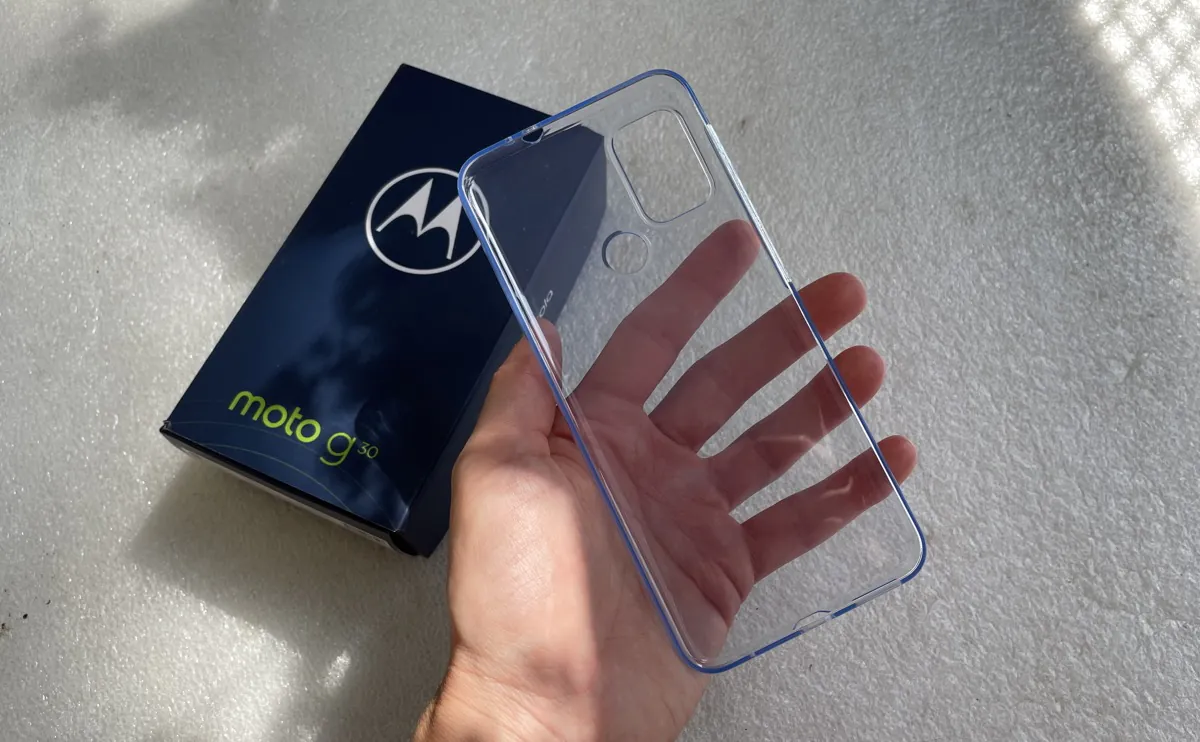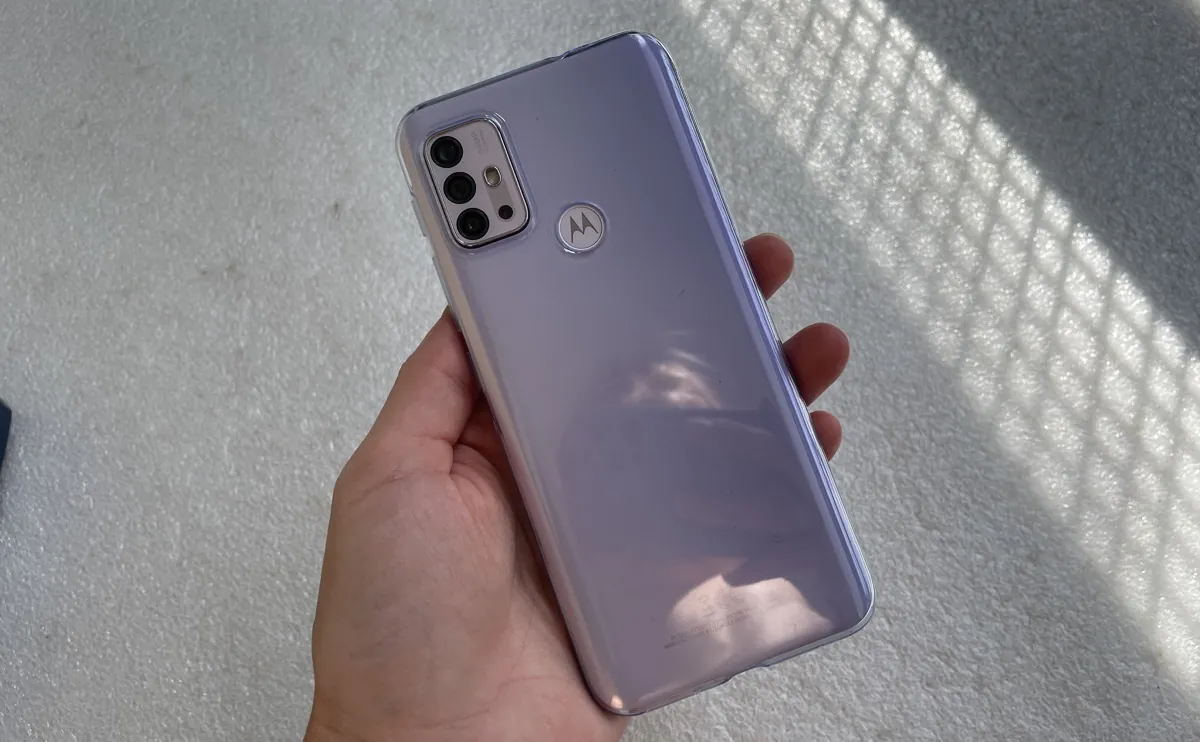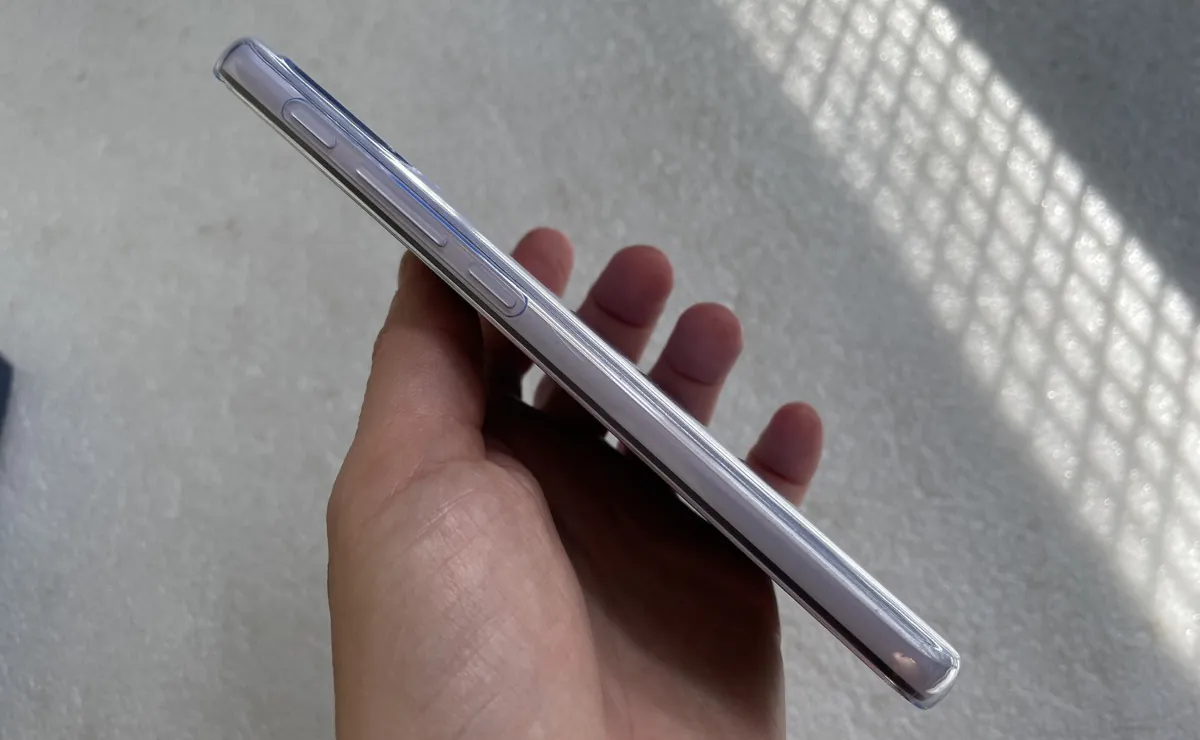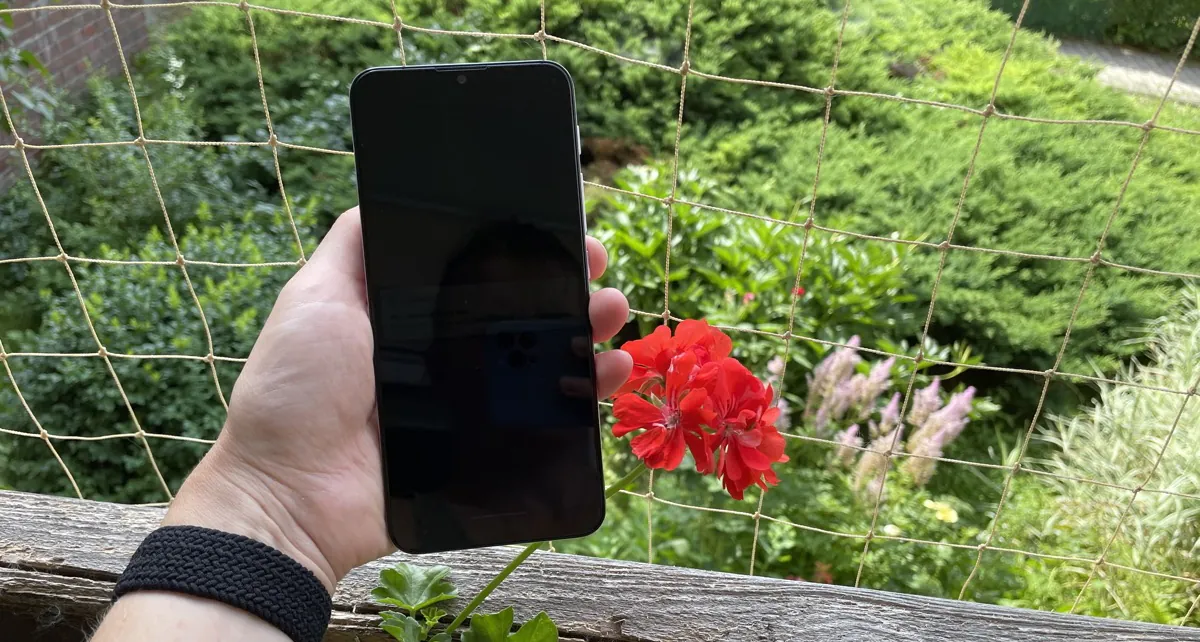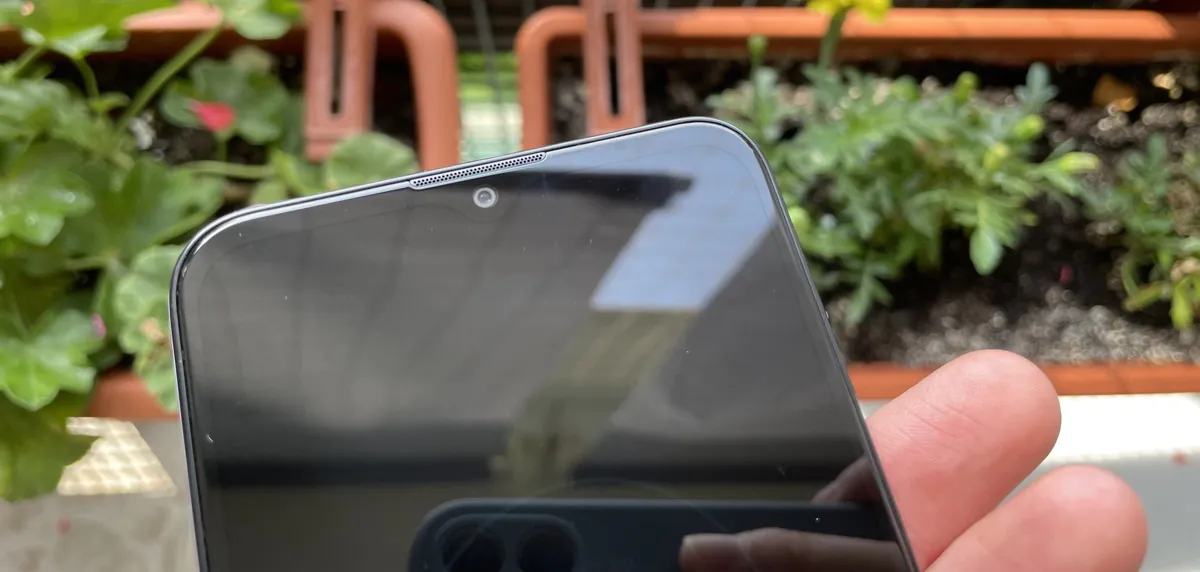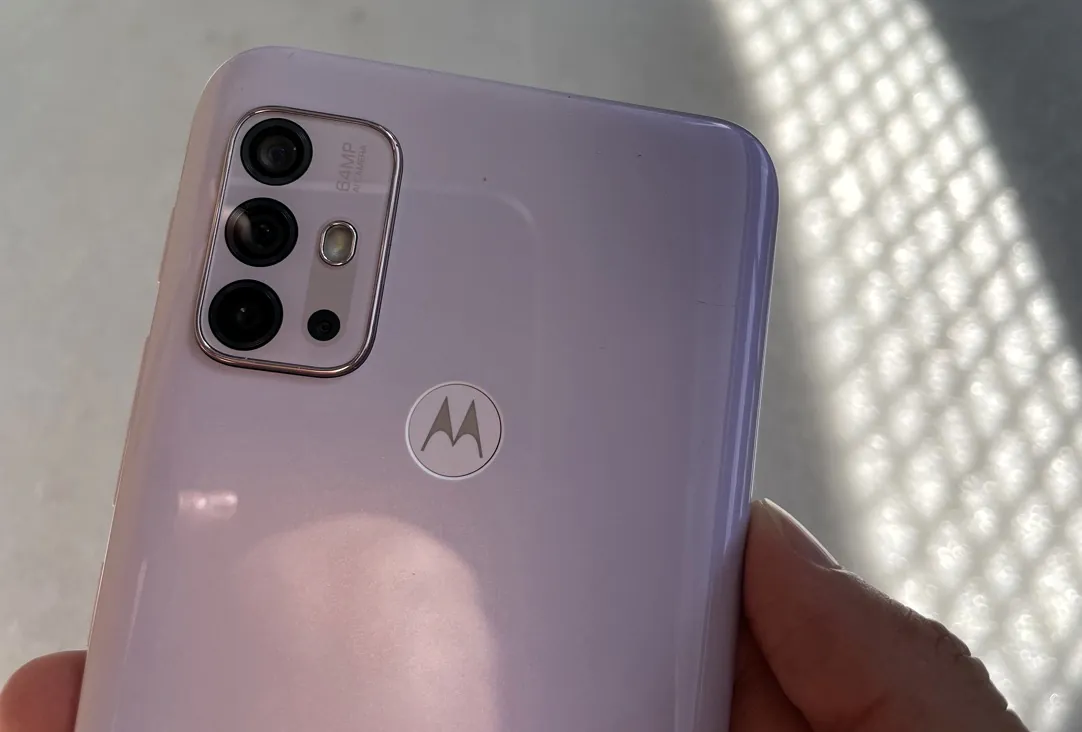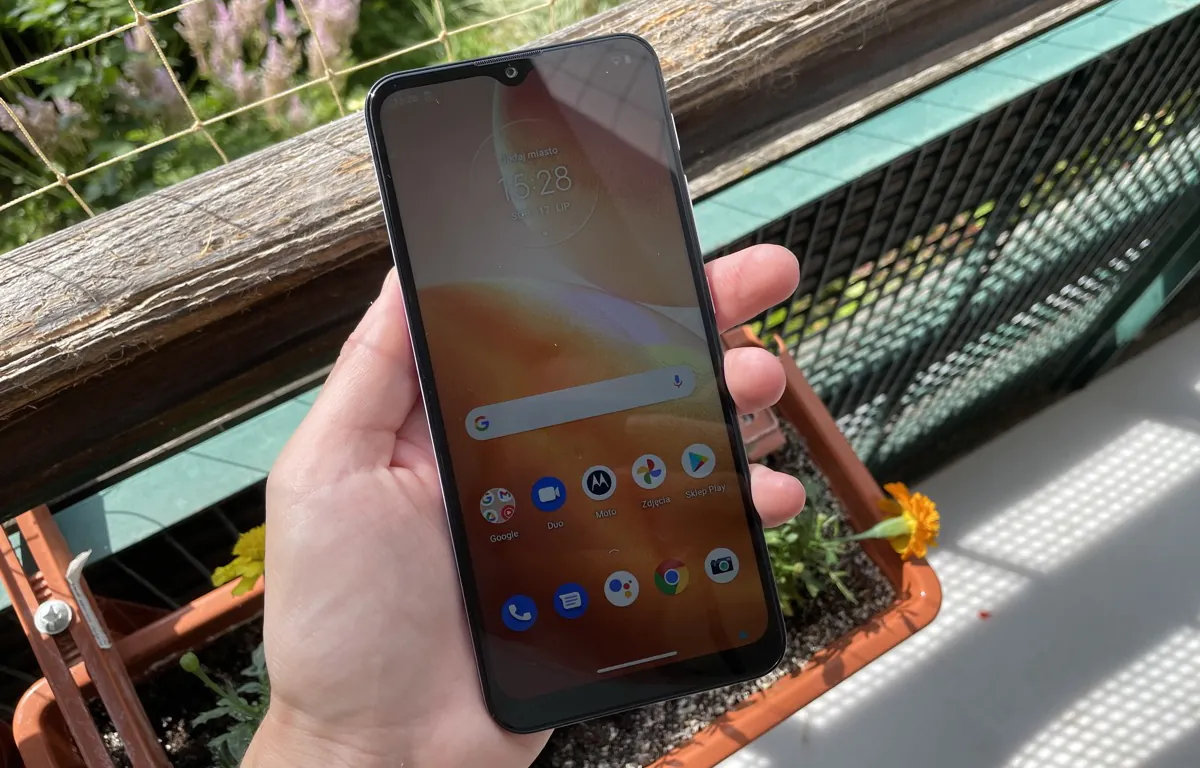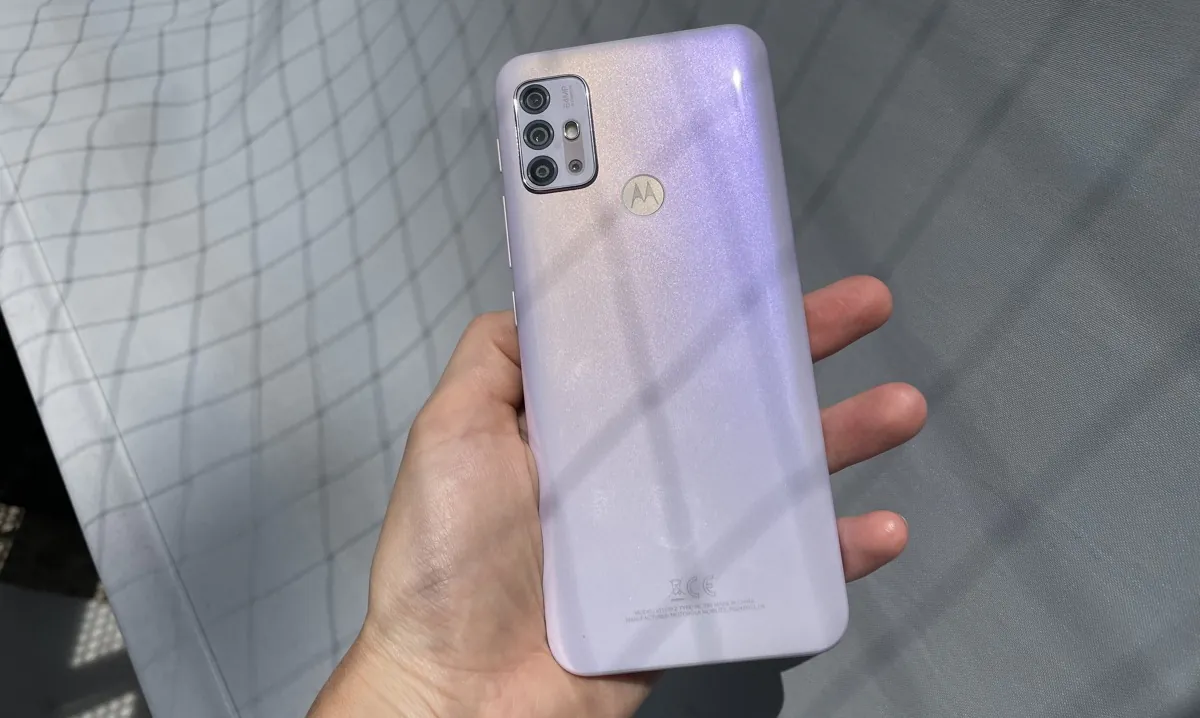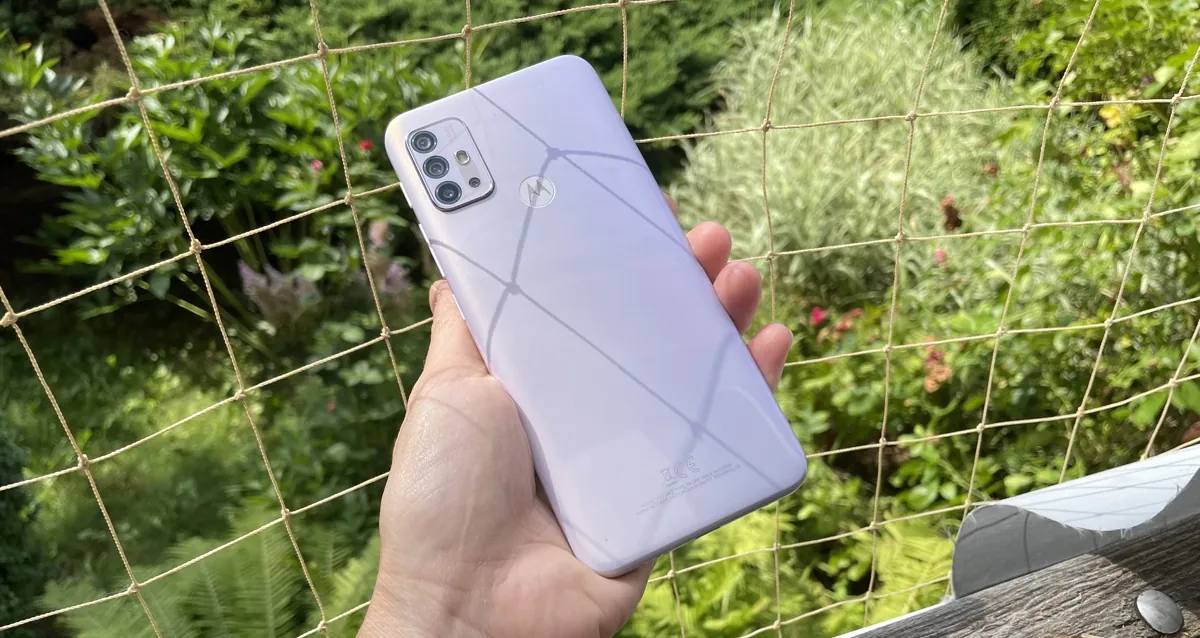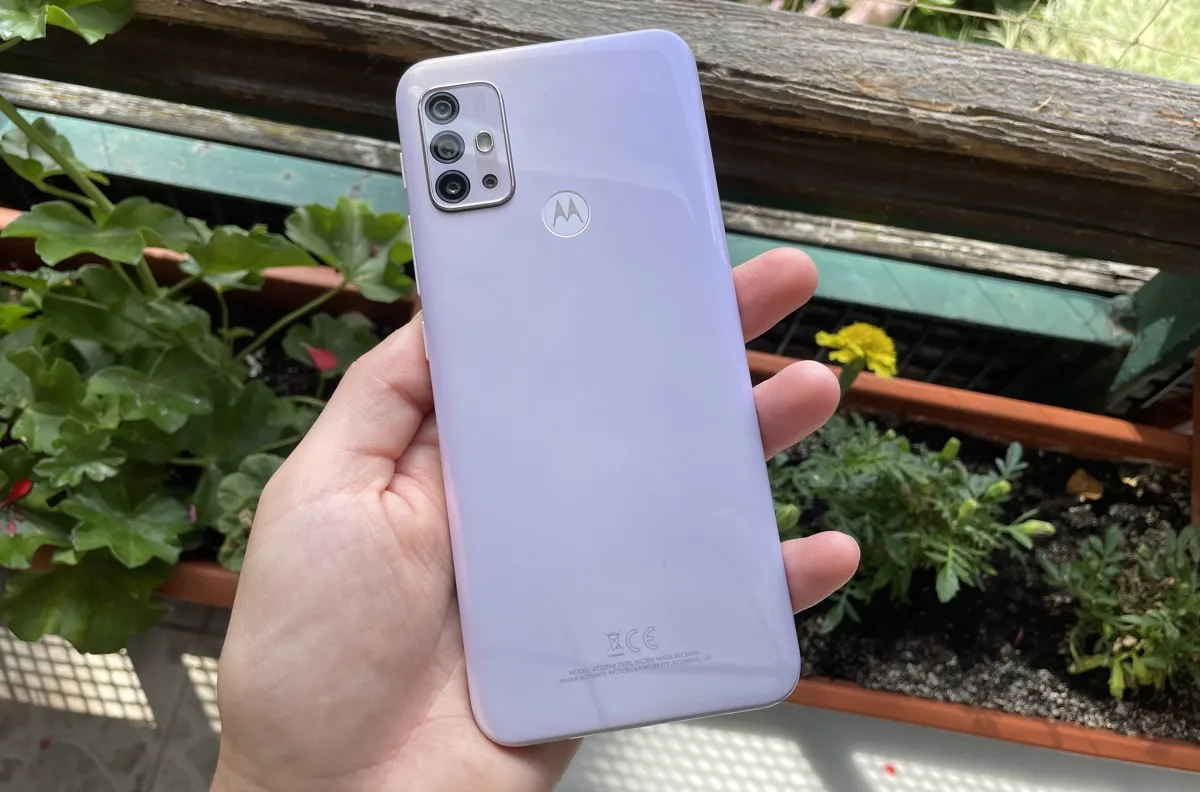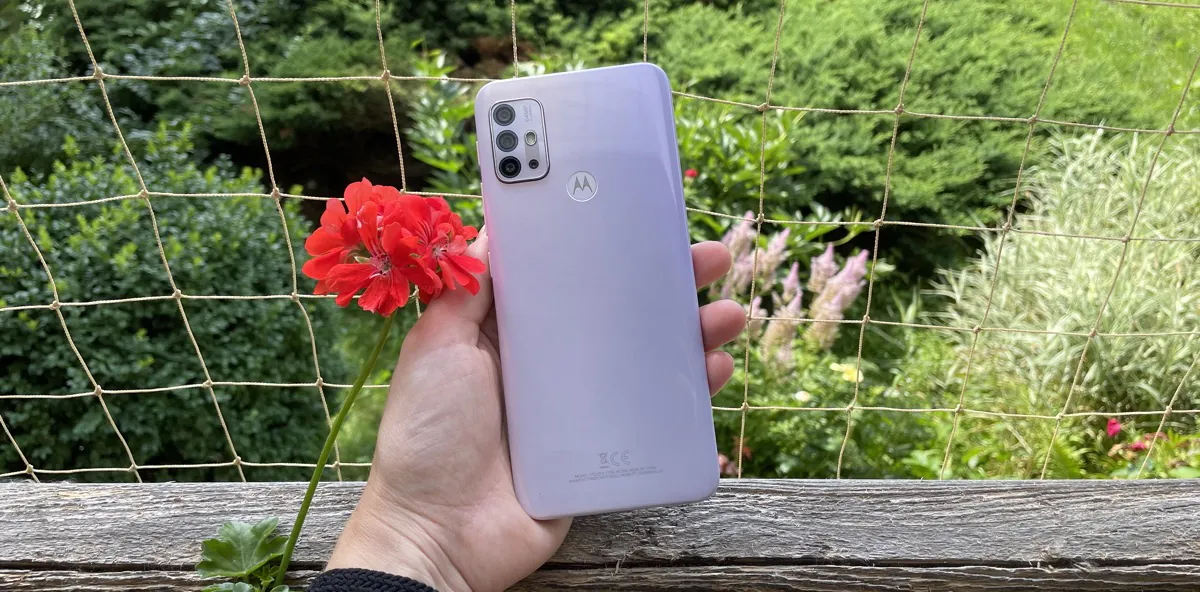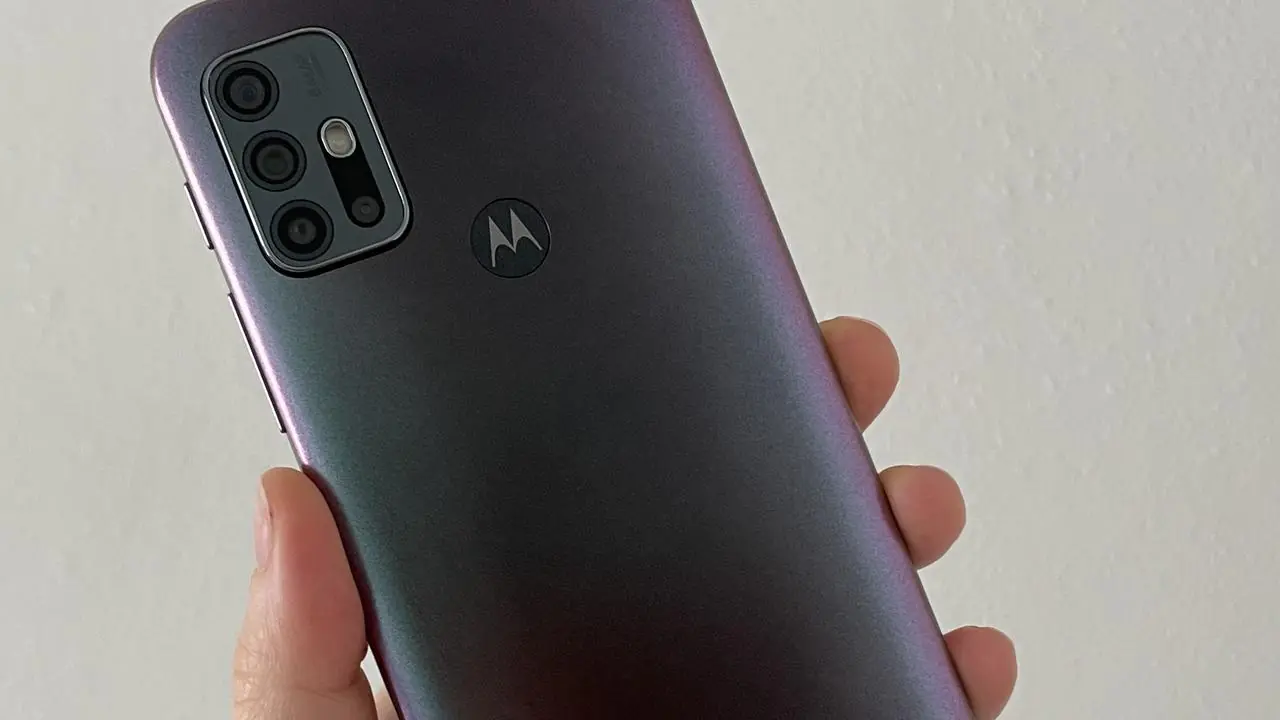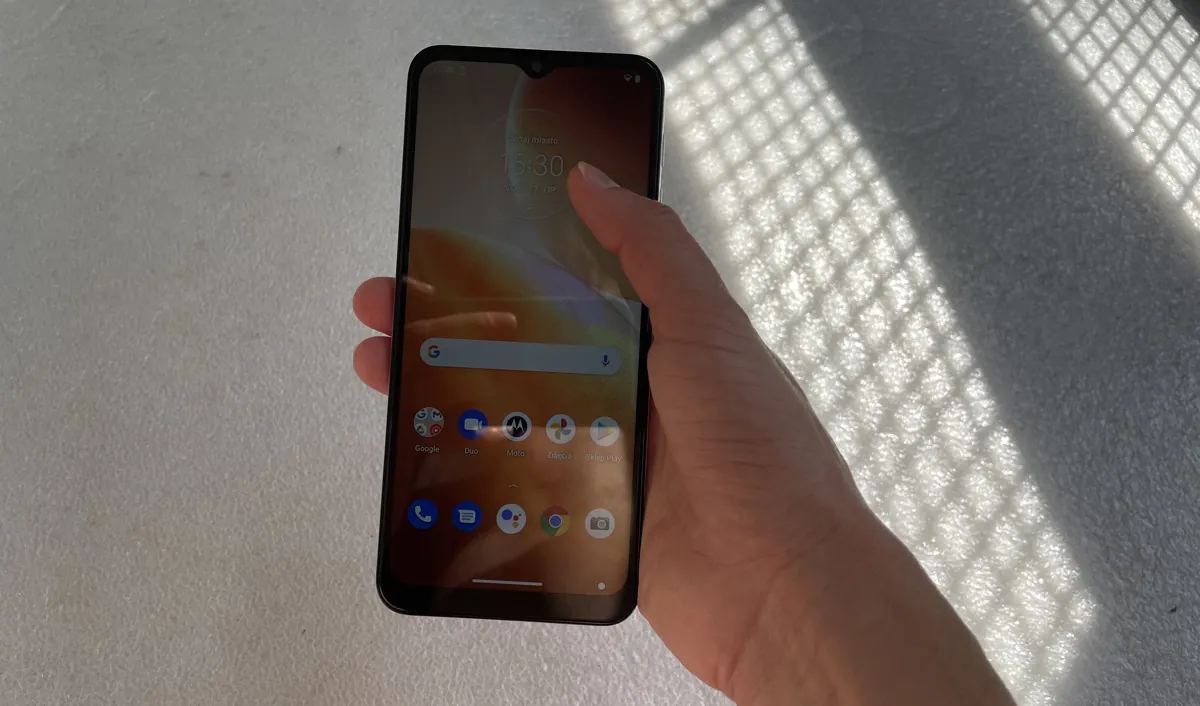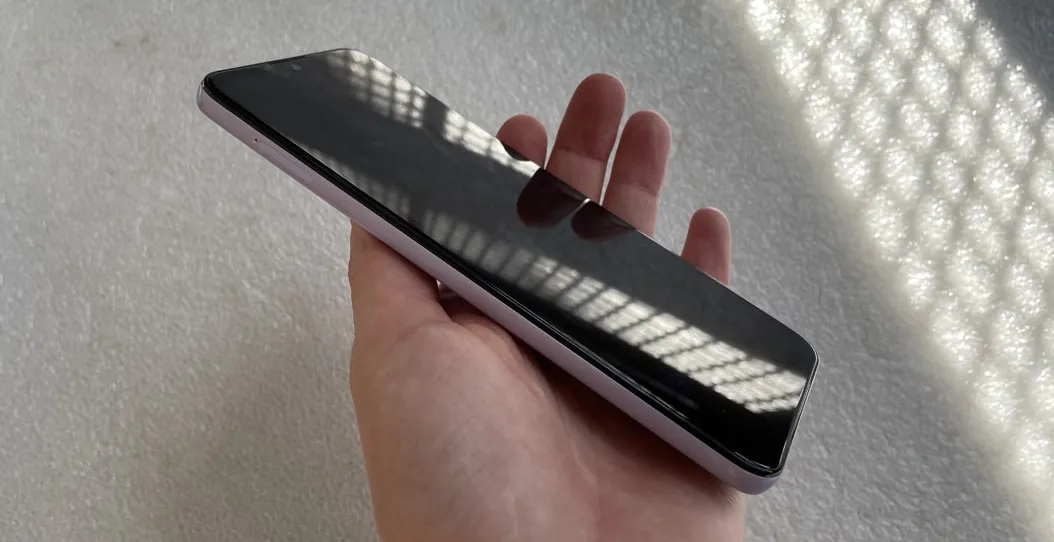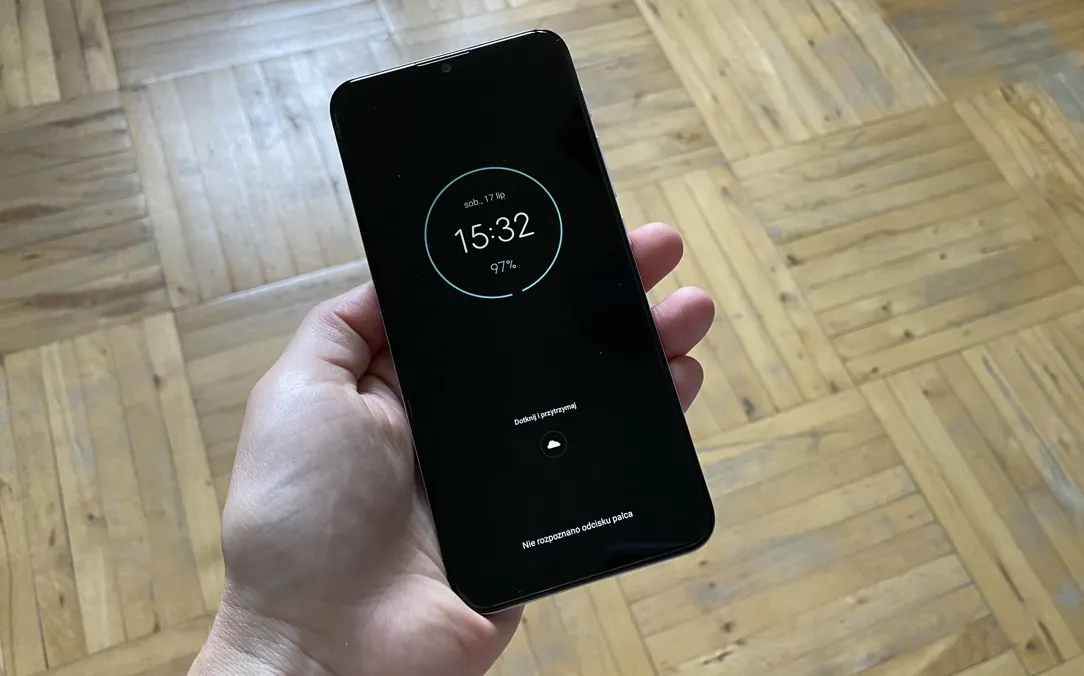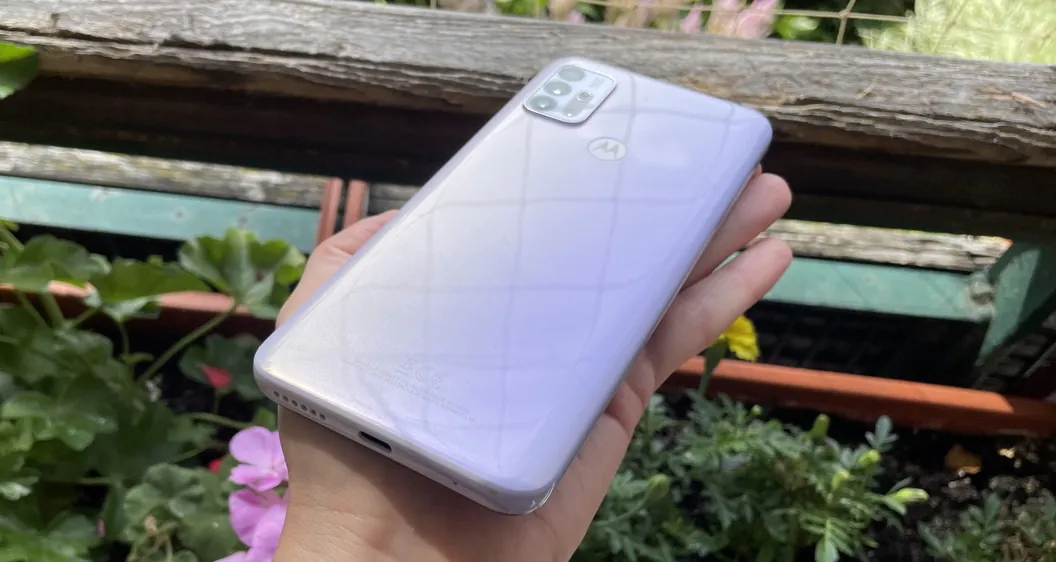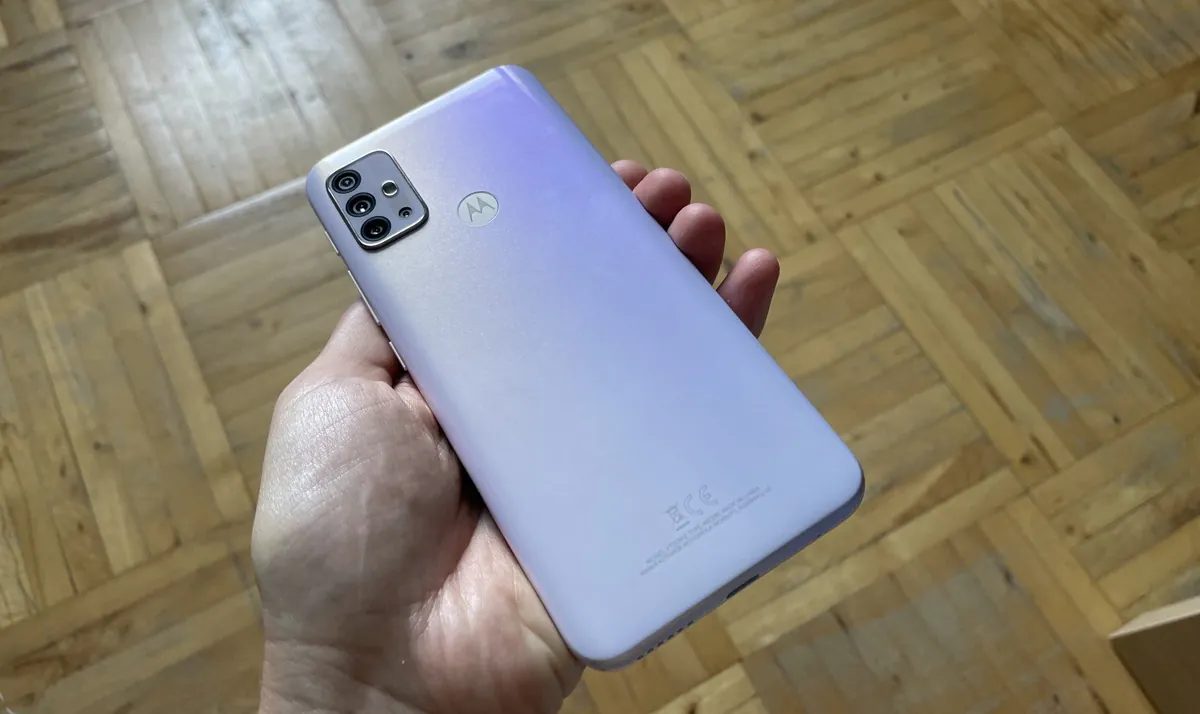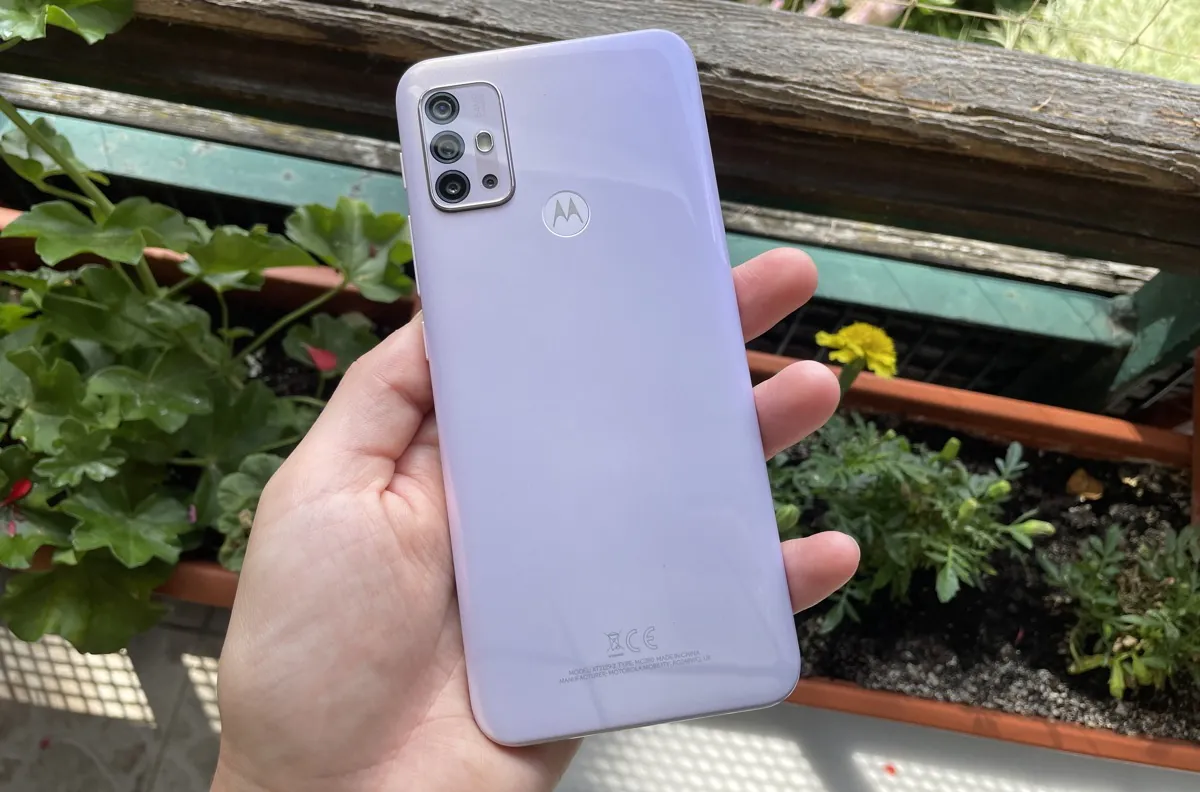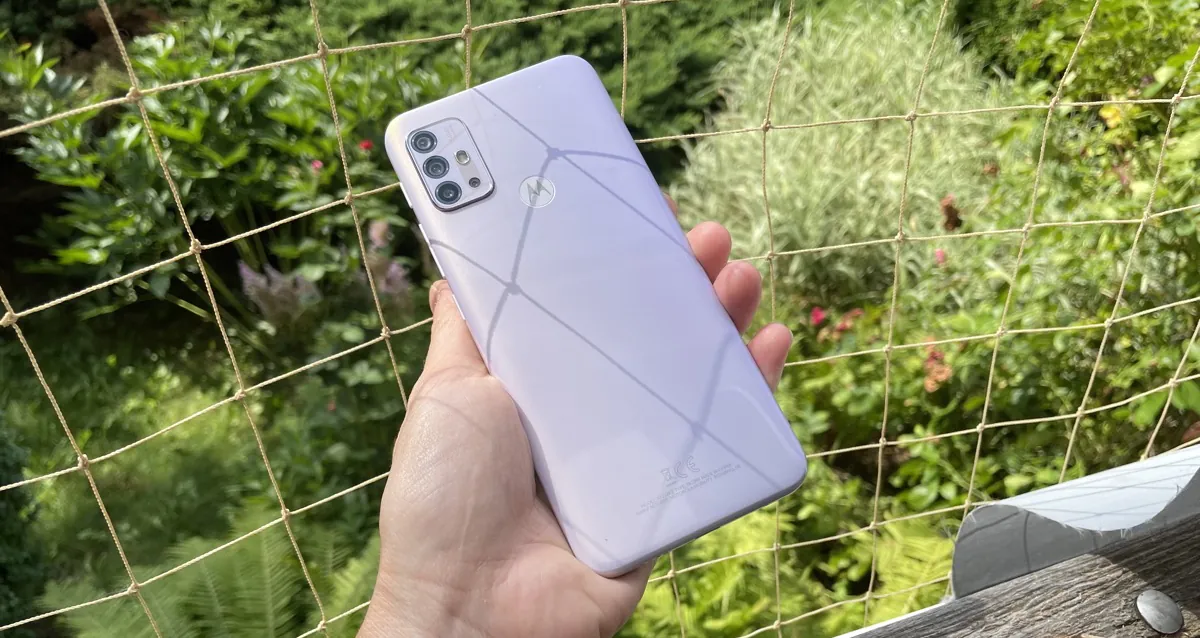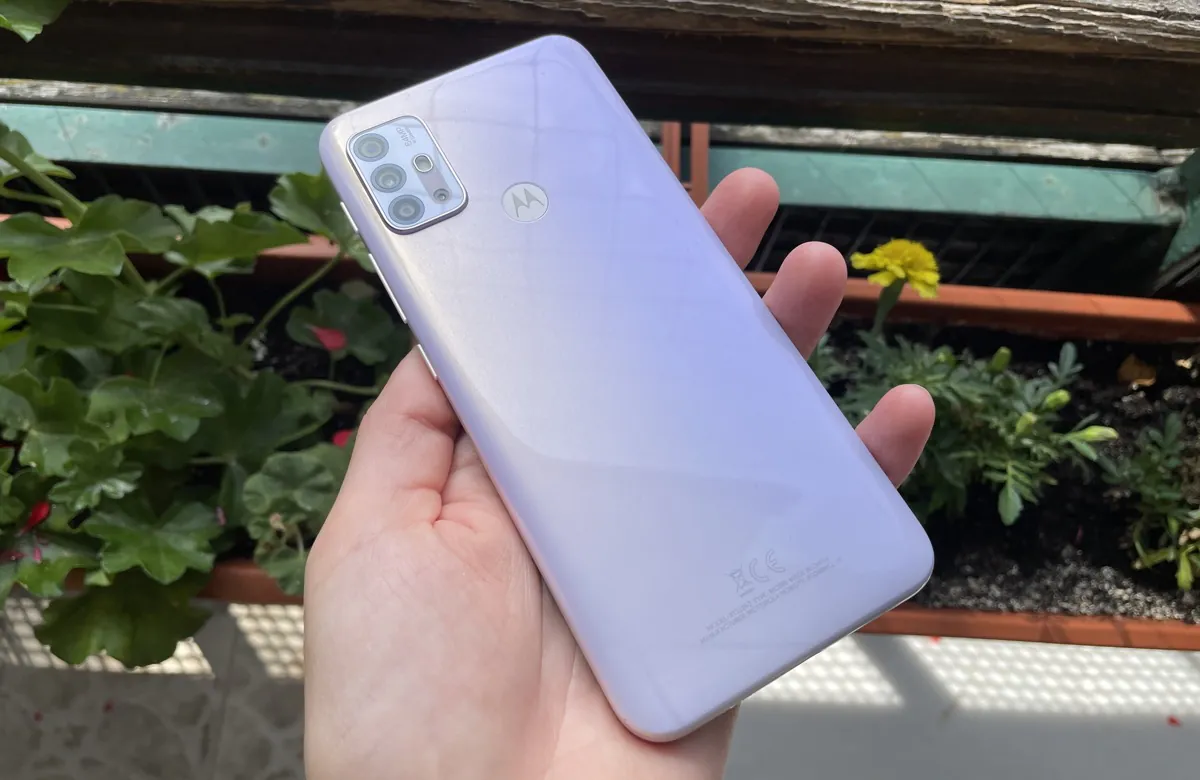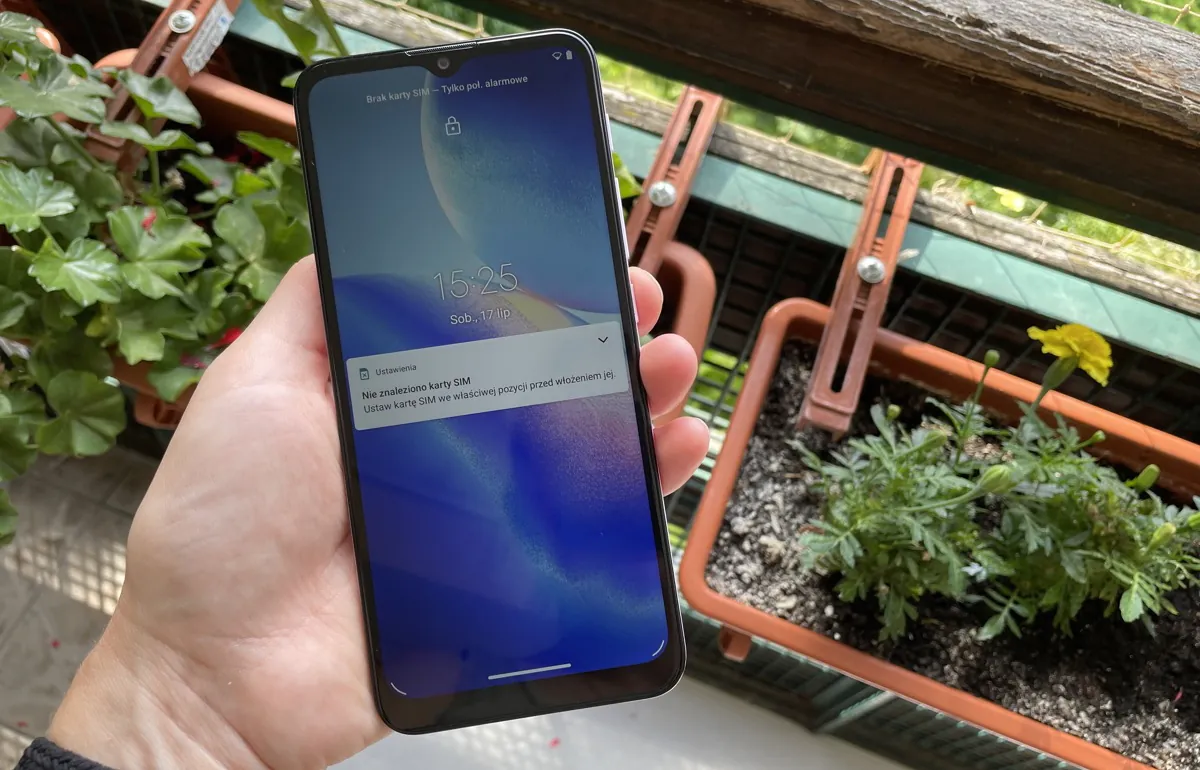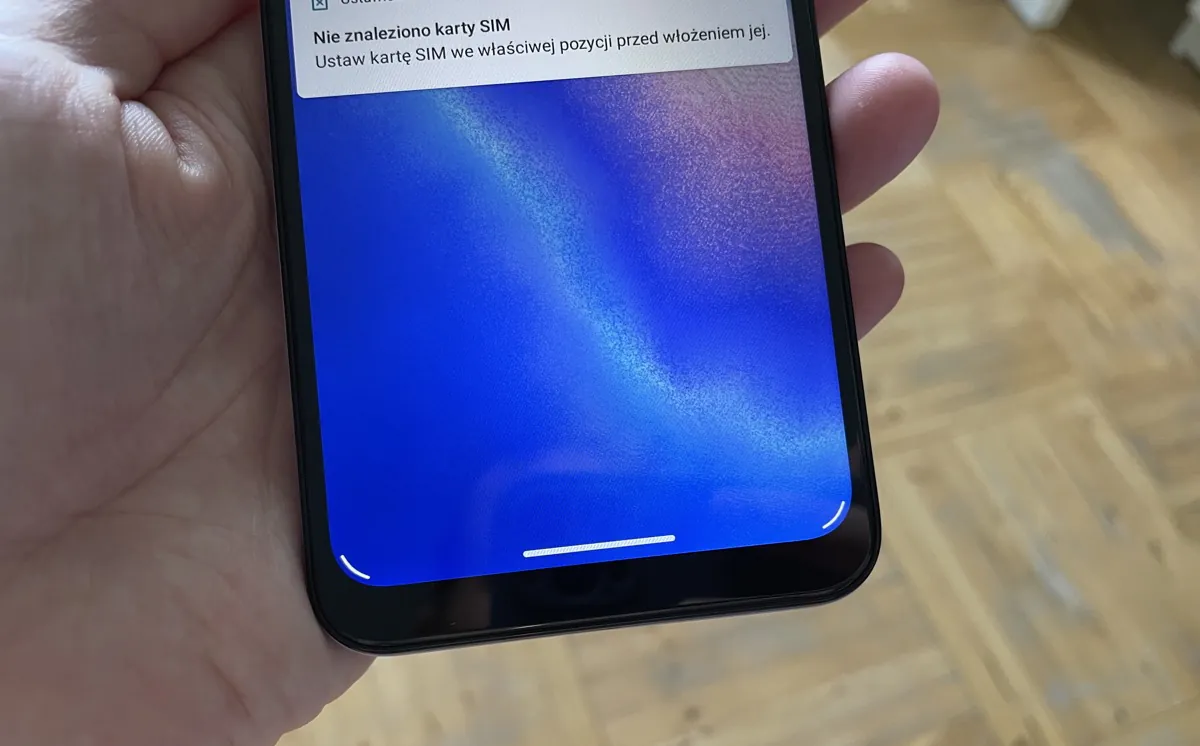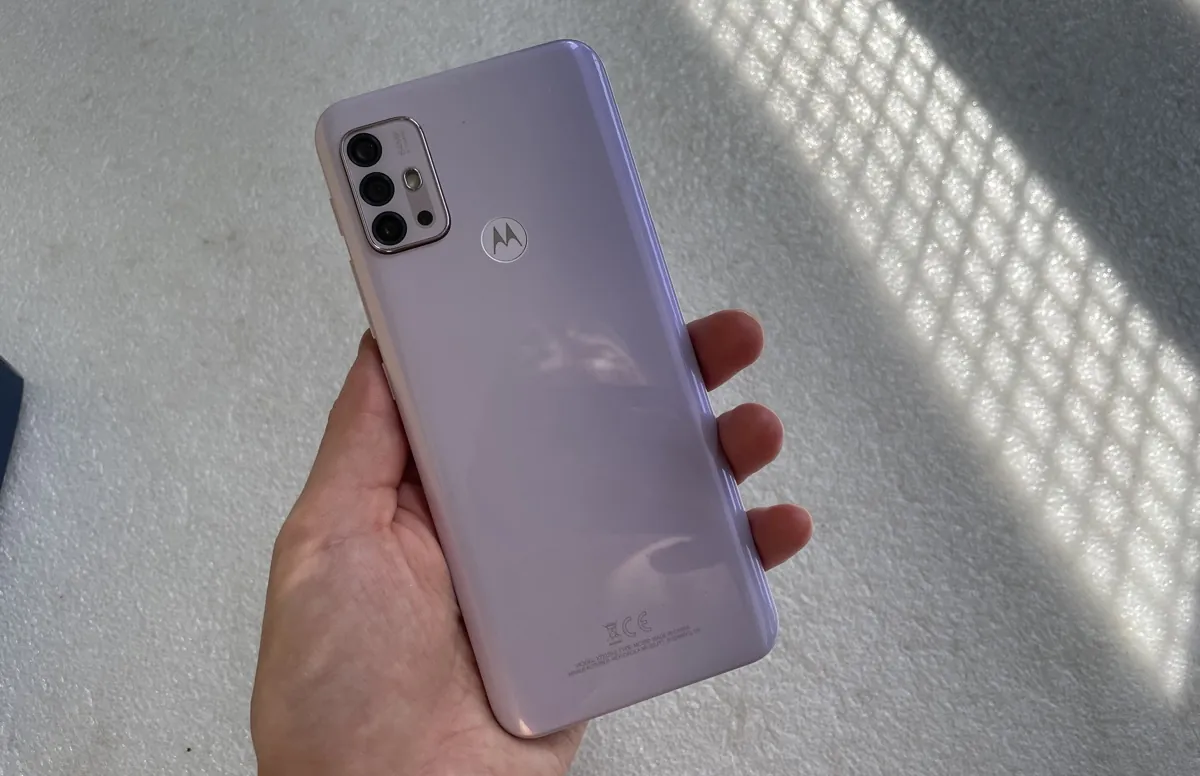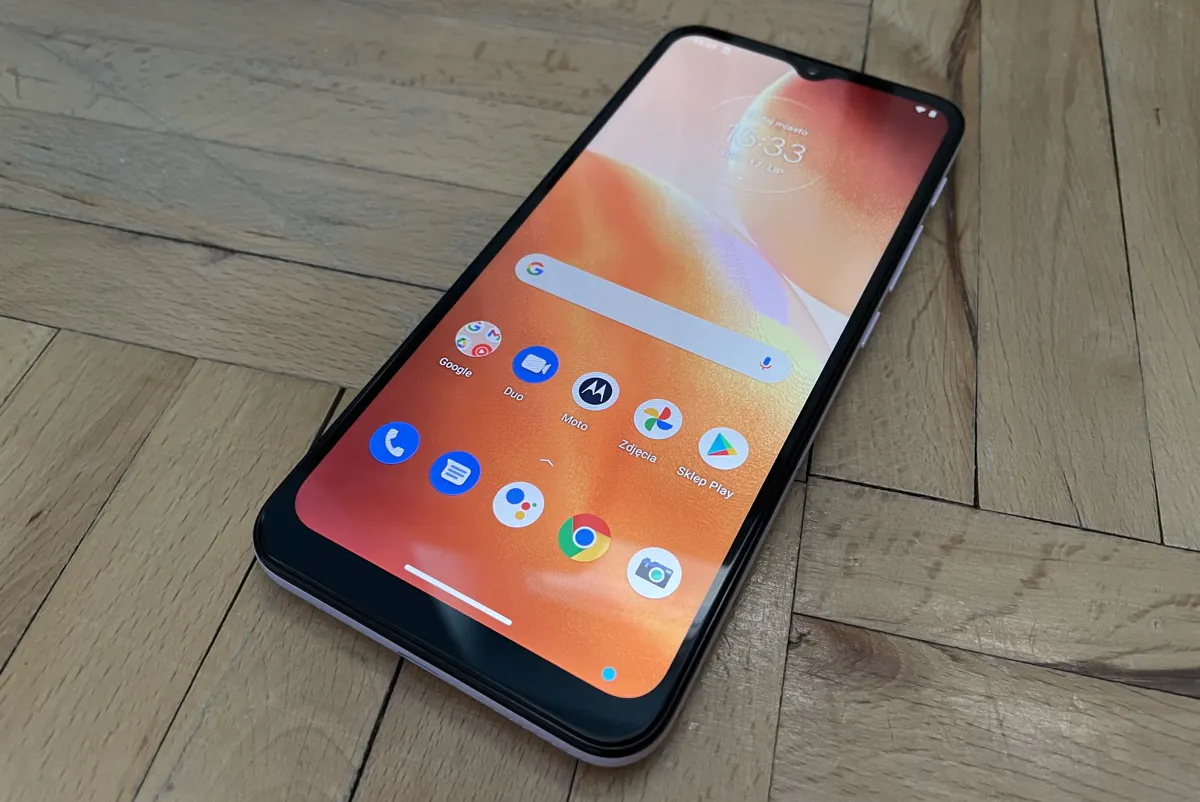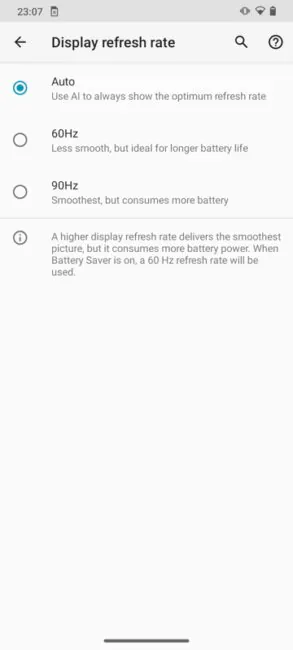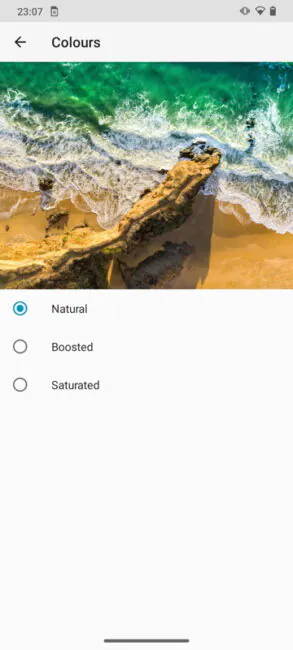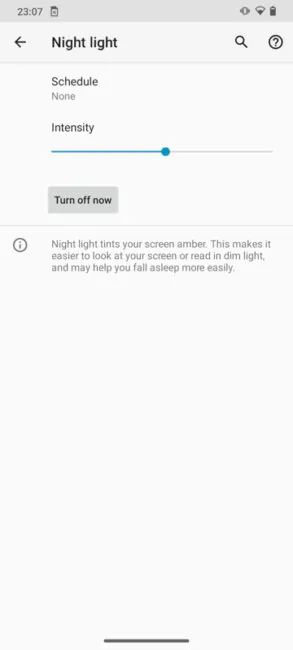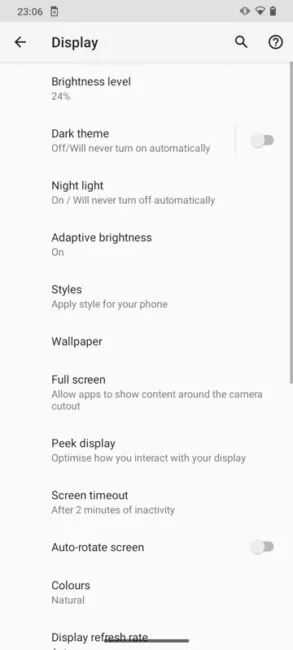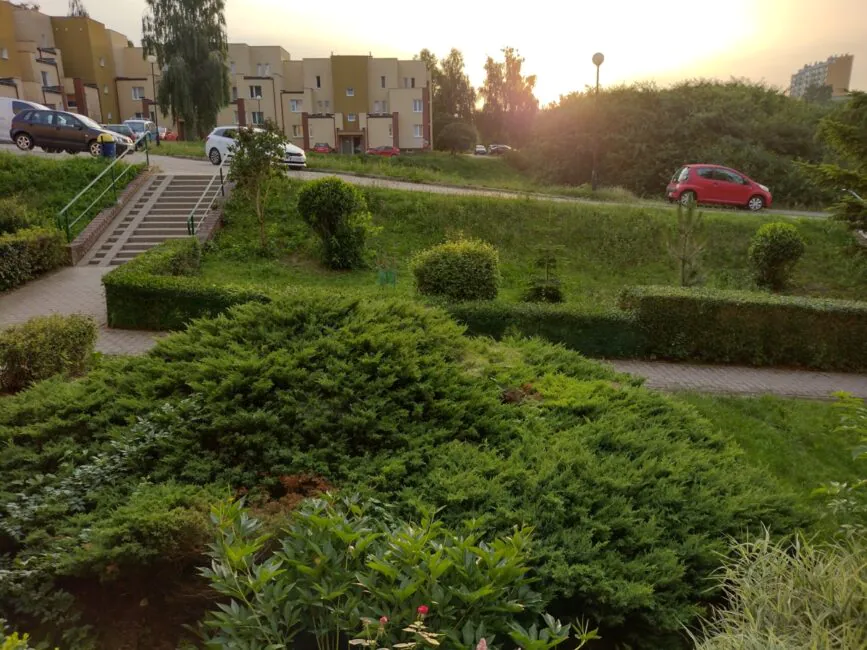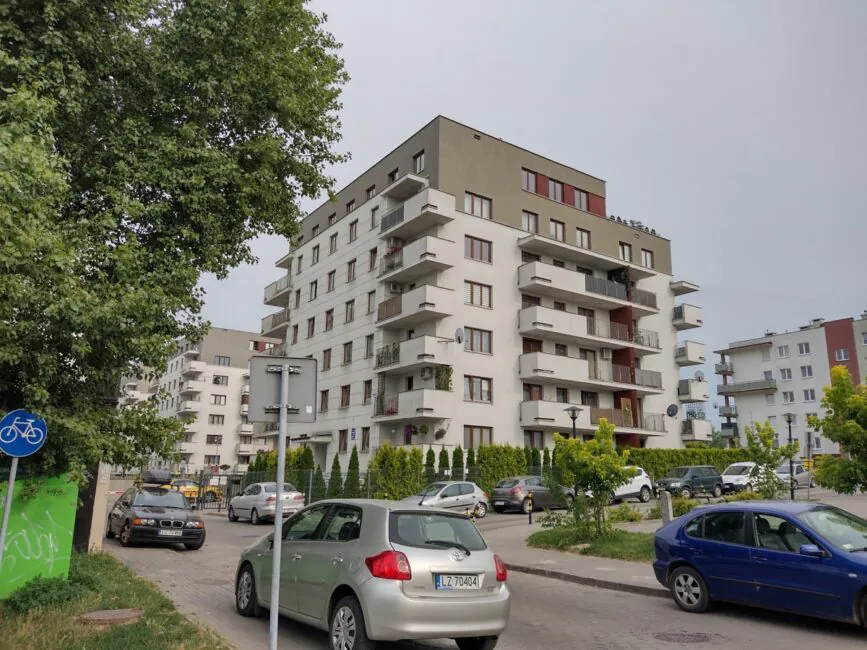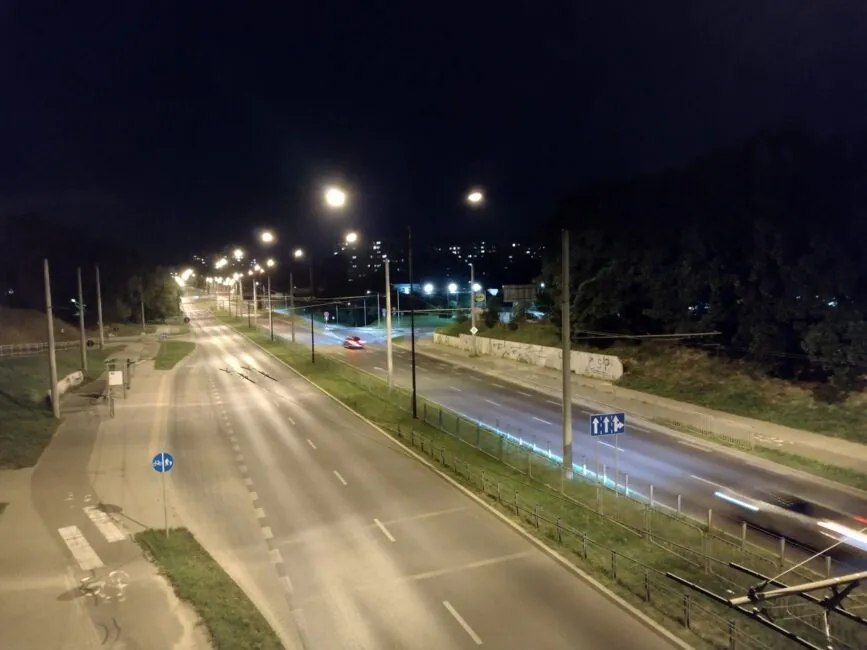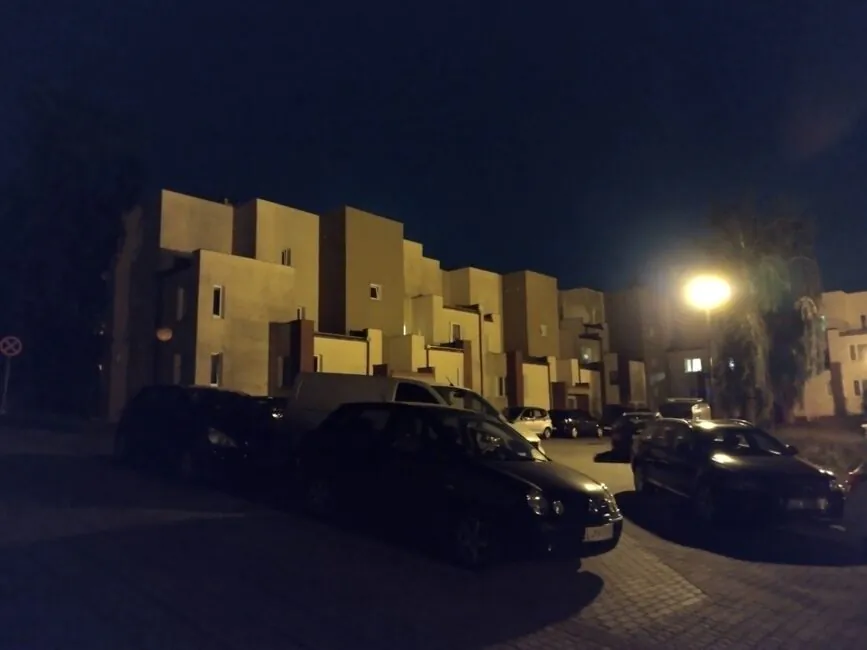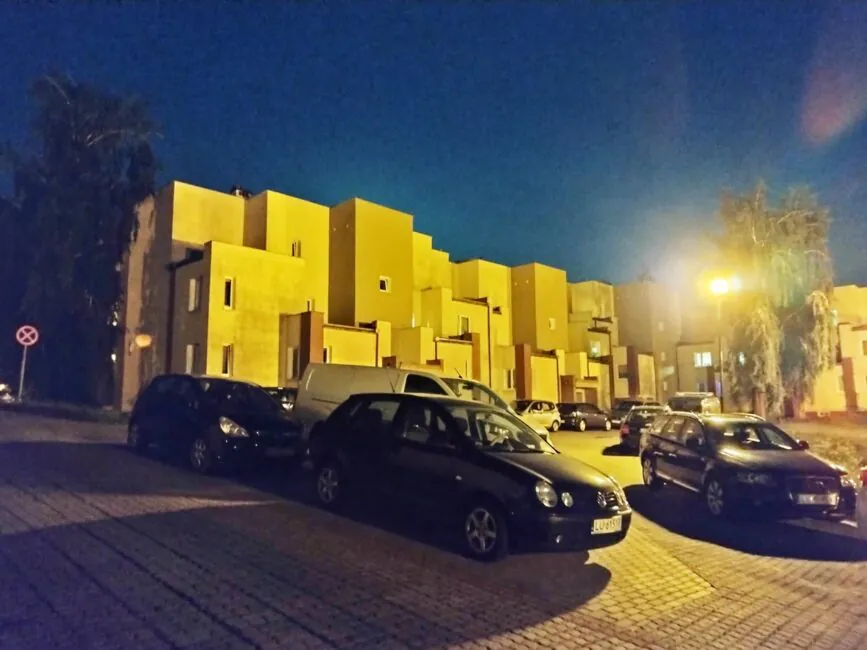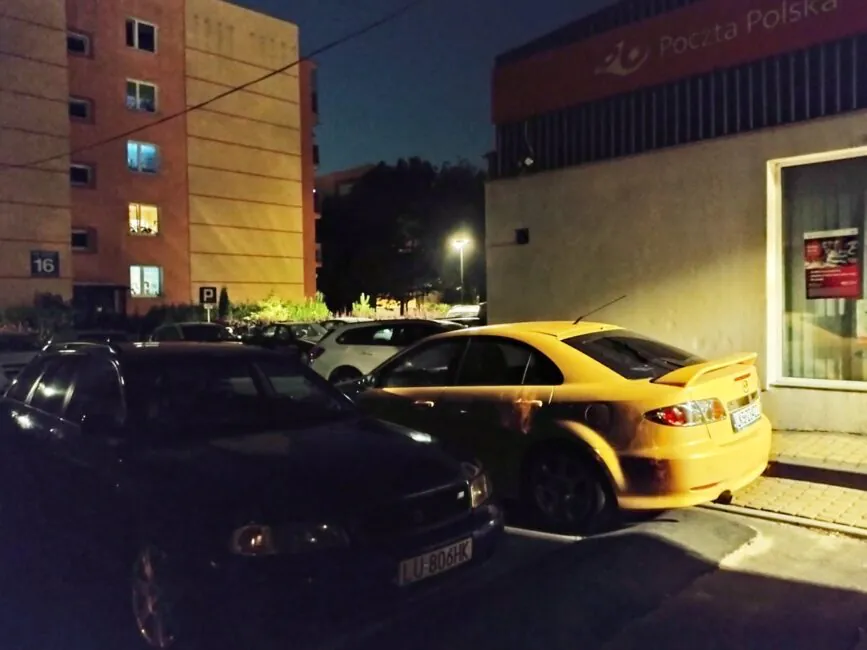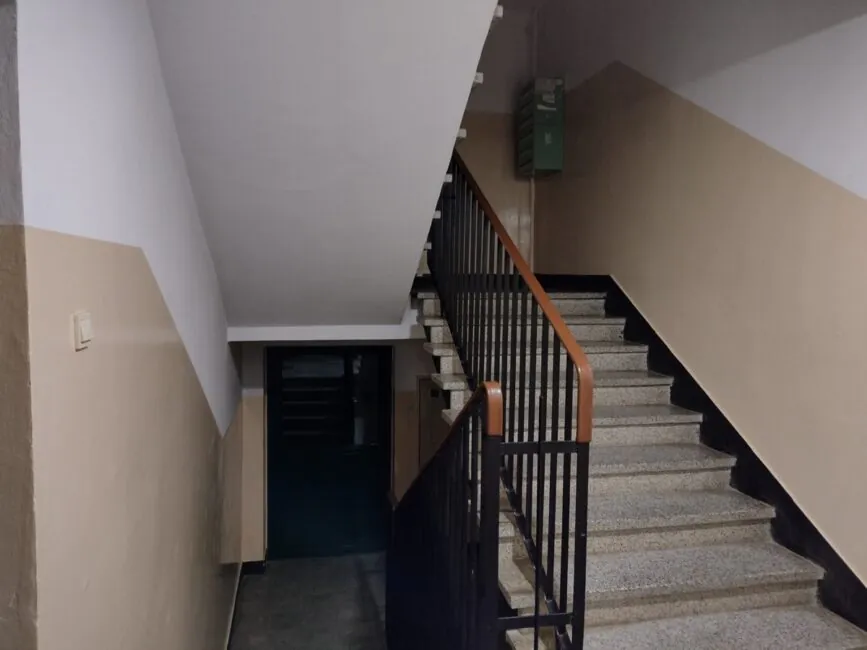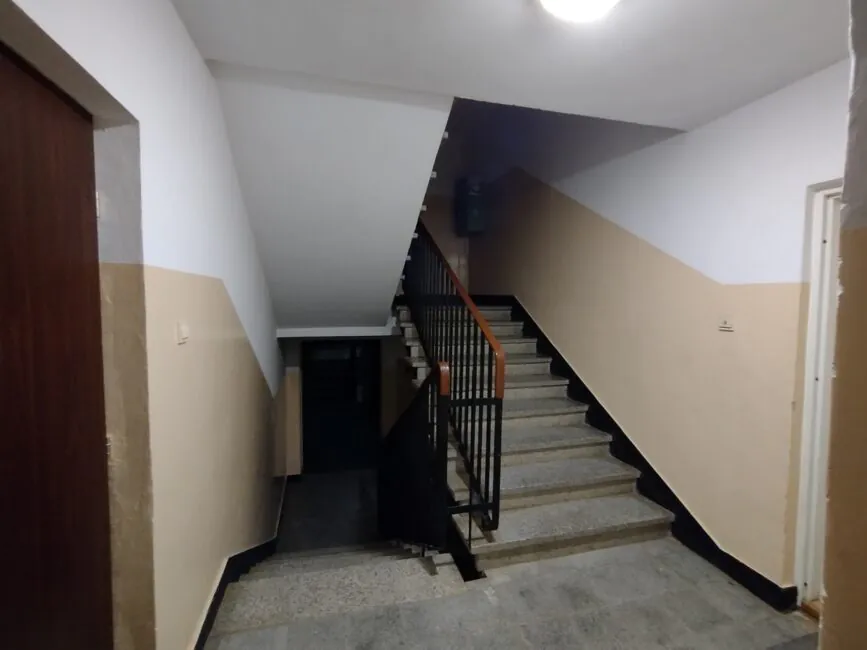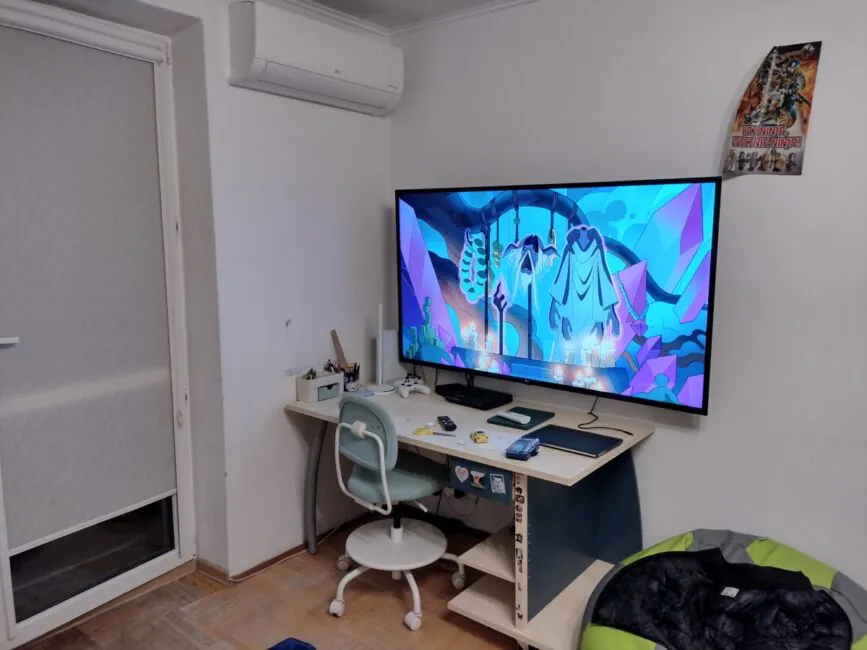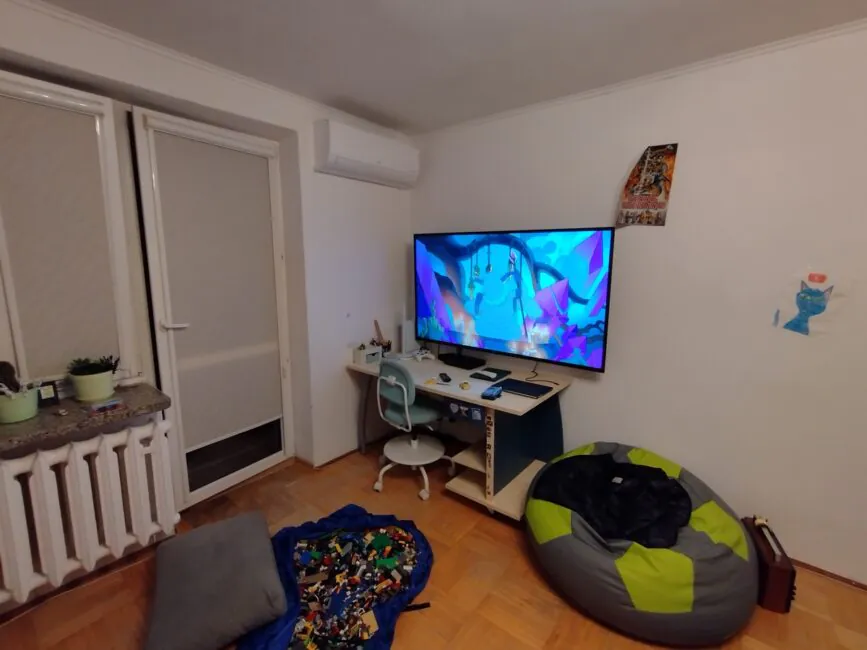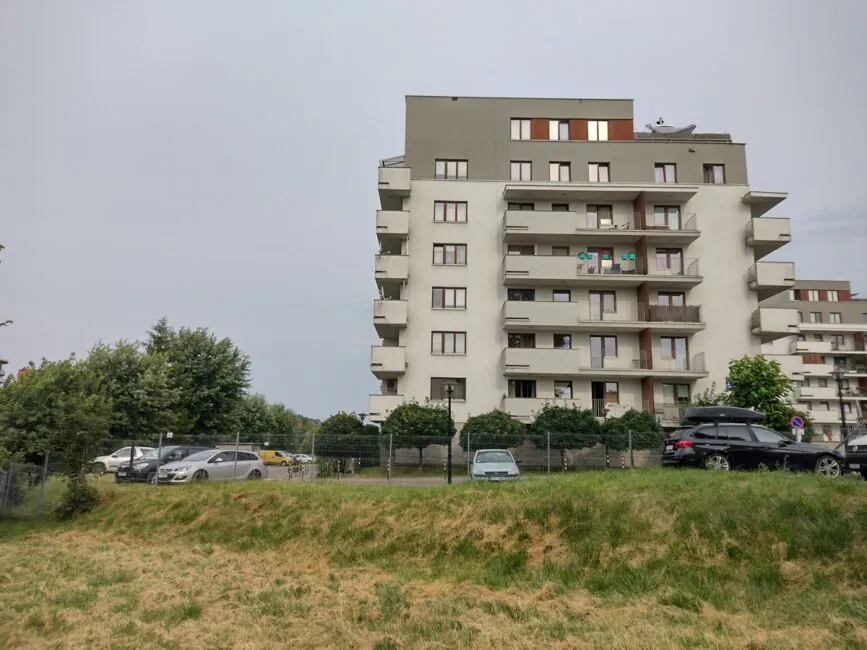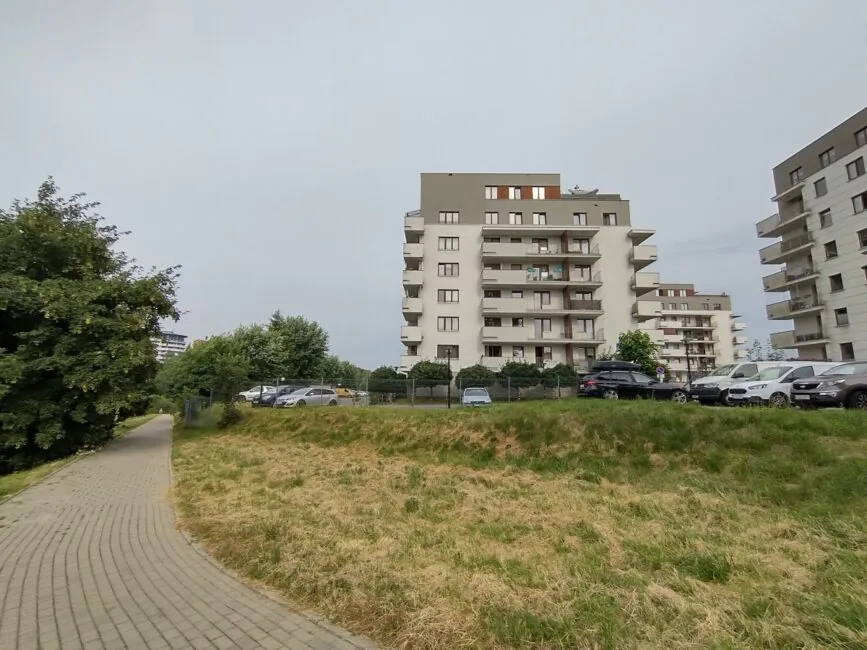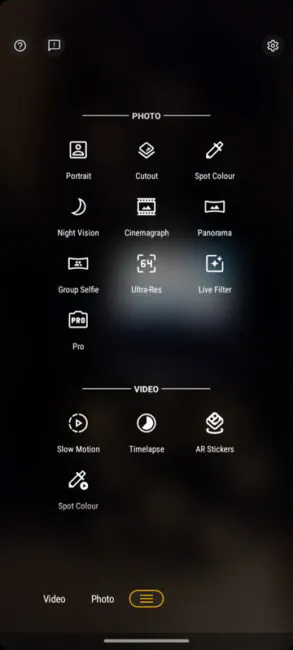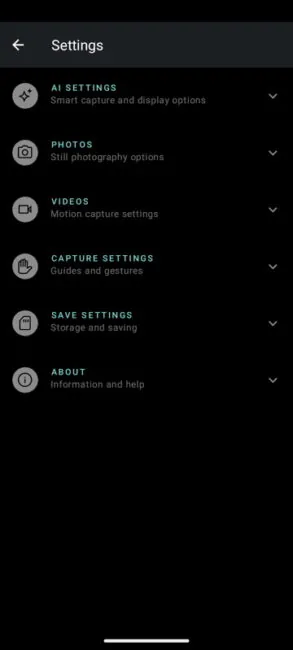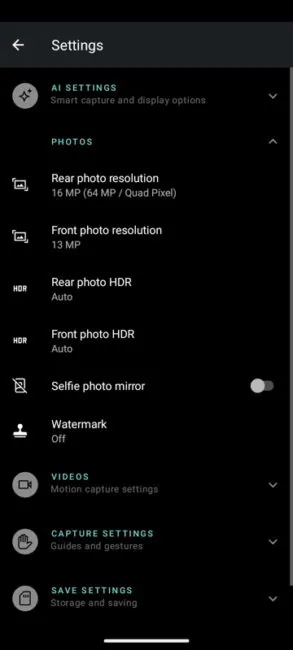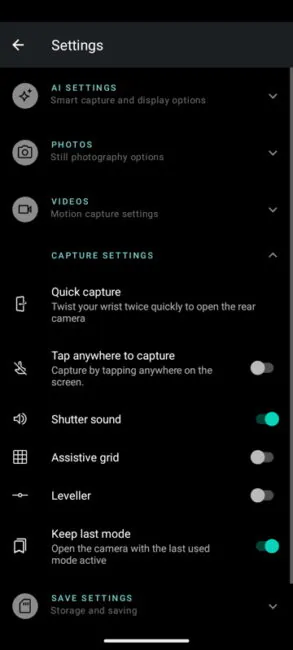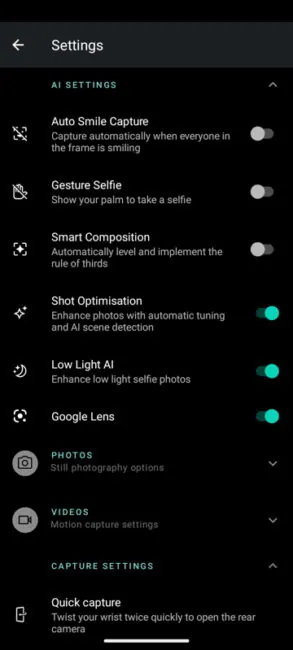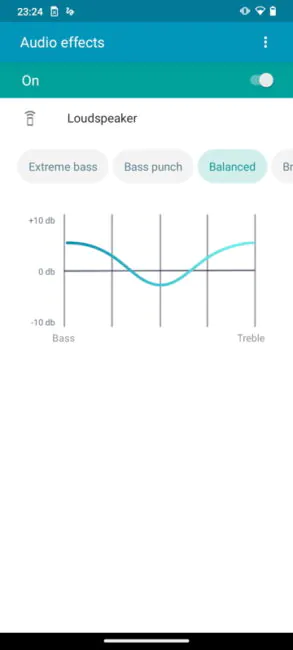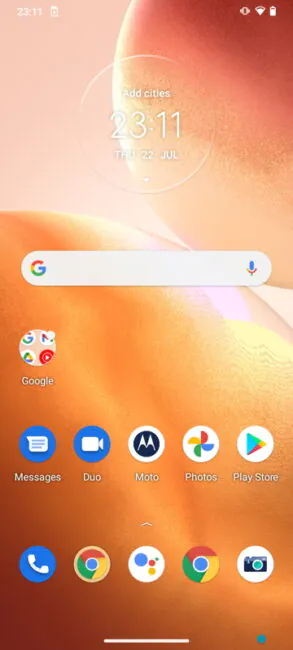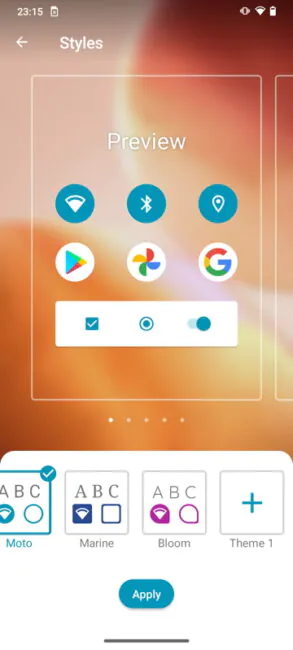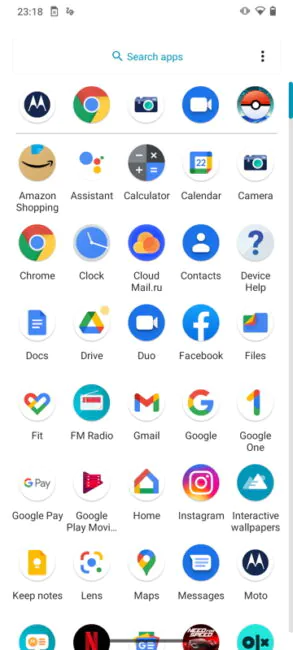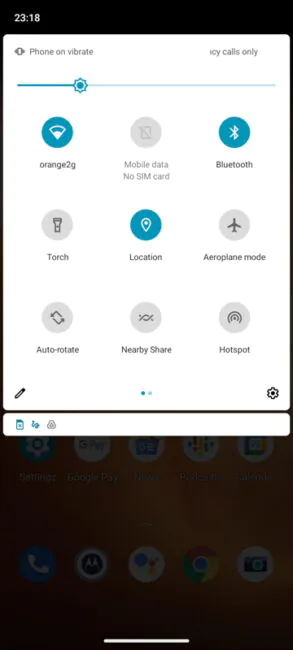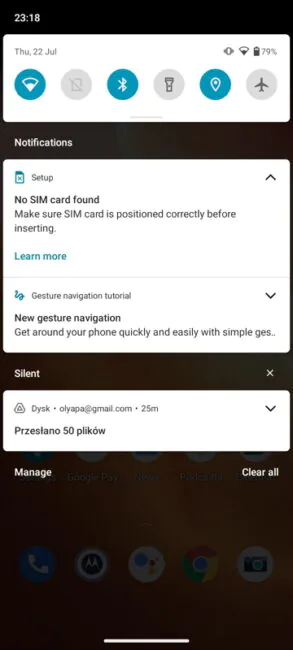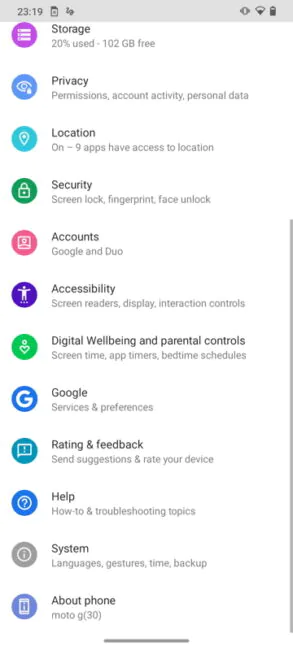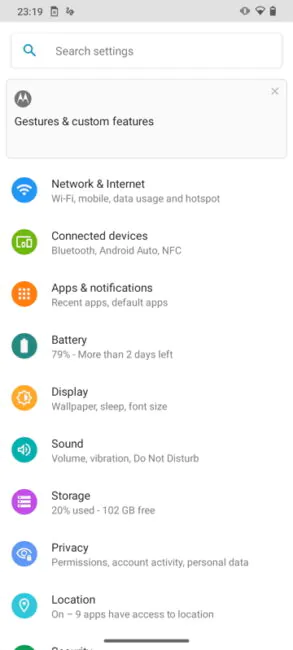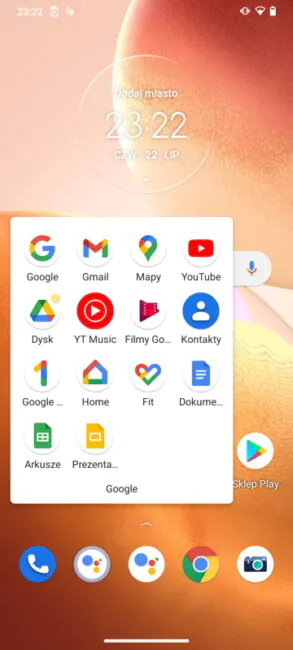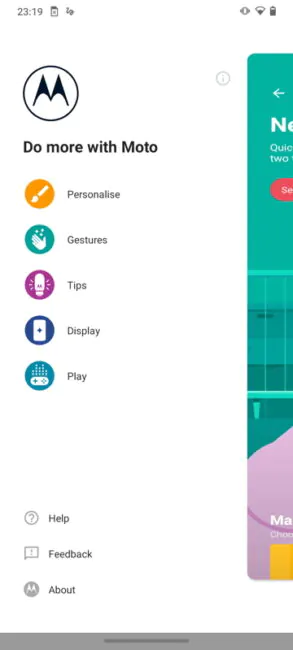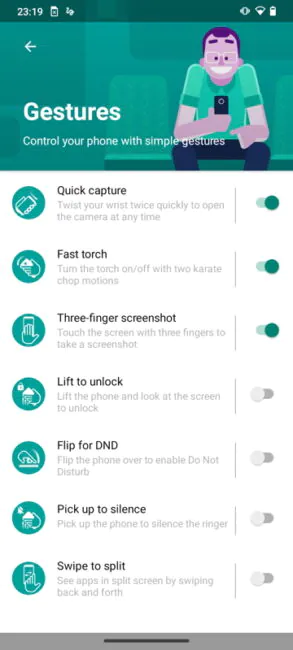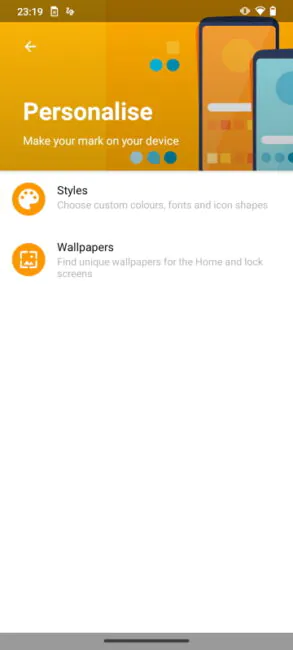We have already tested the Moto G50 and the Moto G100, it’s time for another junior model of the lineup: the Moto G30. Looking ahead, the device turned out to be extremely nice. Suitable for children, the elderly, and everyone who need an affordable and reliable smartphone. But let’s talk about everything in detail and in order.
Specifications of the Motorola Moto G30
- Screen: IPS, 6.5 inches, 20:9, 1600×720 resolution, 90 Hz
- Processor: Qualcomm Snapdragon 662
- Video accelerator: Adreno 610
- Memory: 4/6 GB RAM, 64/128 GB ROM (not all modifications are available in all markets), combined microSD card slot – either a second SIM or memory card
- Battery: 5000 mAh, fast charging 20 W
- Main camera: 64 MP, 0.7 μm, f/1.7, Quad Pixel technology + 8 MP wide-angle lens 1.12 μm, f/2.2, 118 ̊ + 2 MP macro lens f/2.8 + 2 MP depth sensor f/2.4
- Front-facing camera: 13 MP, 1.12 μm, f/2.2
- Communications: LTE, NFC, Wi-Fi 802.11 a/b/g/n/ac 2.4+5 GHz, Bluetooth 5.0, GPS (A-GPS), GLONASS, Galileo, USB Type-C, FM radio
- OS: Android 11
- Dimensions and weight: 165.2×75.7×9.1 mm, 200 g
- Price: from 150 euros
Positioning in the lineup and price
Moto G10, G20, G30, G50 and G100 smartphones are available in the current Moto G lineup. I also reviewed last year’s models – G9 Plus, G 5G Plus, G Pro, but they are no longer relevant and will soon go out of sale. The G100 is the flagship with a PC mode. The G10 is a simple model for those who want to save as much as possible. G20 is essentially a G10 with 5G support (only the chipset is different).
But it’s not that simple with the G50 and G30. One could assume that the G50 is more powerful, but it’s not. In terms of performance, they are at the same level, cameras are slightly better at the G30, screens and batteries are similar, charging is faster for the G30, more RAM is also available for the G30. Unless the G50 has 5G support, and the price is a third higher. Apparently, that’s why the model got a higher number in the lineup. But overall, if you choose between the G50 and the G30, focus on whether you need 5G. If not, there’s no point in overpaying.
The Moto G30 is available in a variety of options – 4/64 GB, 6/64 GB and 6/128 GB. However, availability depends on the region. In some European countries, only the Moto G30 6/128 is available.
Read also:
- Motorola Moto G50 review: Extremely Affordable 5G Smartphone
- Moto G100 Review: Not a Computer, But It’s Close
What’s in the box
In the box you will find the phone itself, a USB-C cable, 20-watt charger, a SIM eject tool.
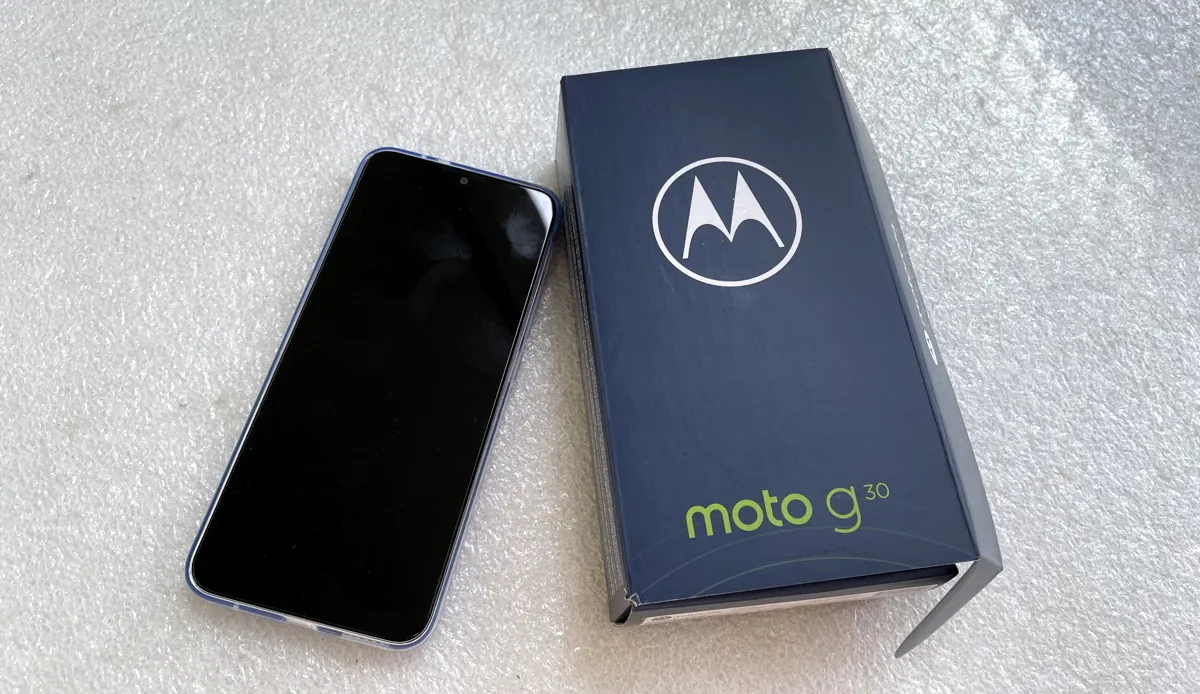

There’s also a case in the set. It’s thin, with minimal edges above the screen, the optics of rear cameras does are not protected at all.
The Moto G30 design
The appearance does not stand out from other current G-series models. Except for the color, of course. The G30 has a cool pinkish version, called Pastel Sky. We got it for the test.
It looks nice, it shines from white to delicate lilac. I haven’t seen such shades in other models.
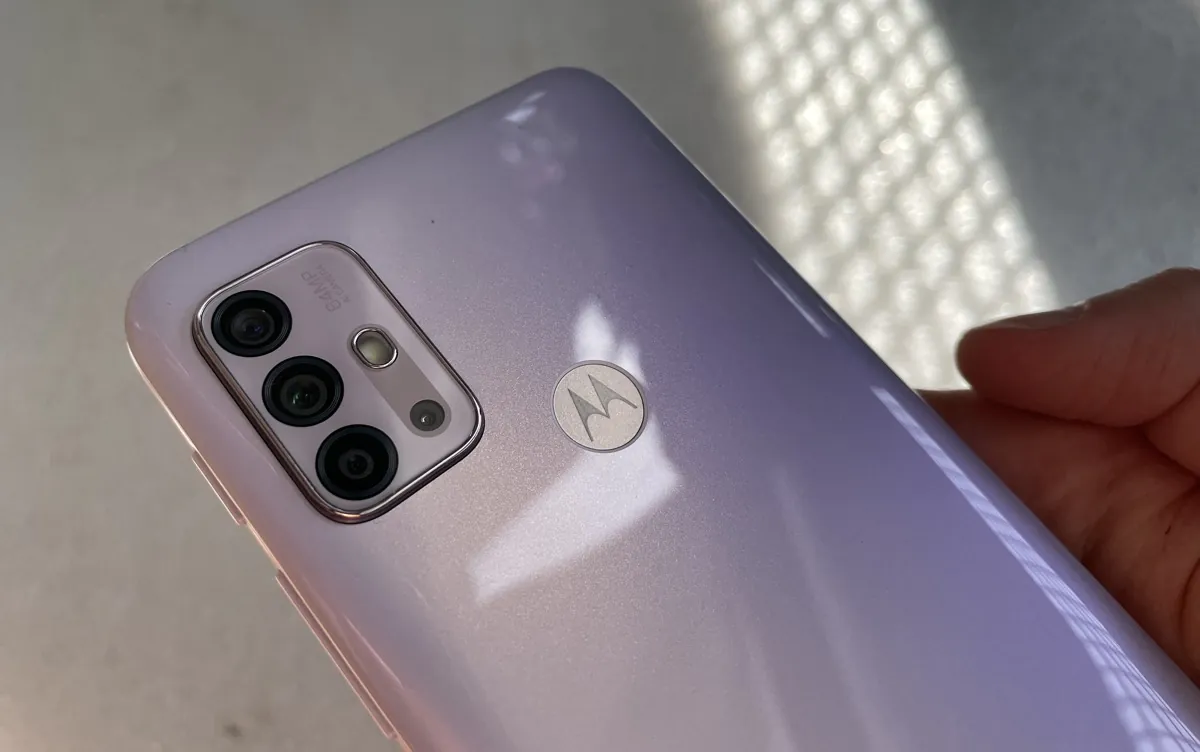
If you need something more serious, there is a variant of Dark pearl, which shimmers from black to dark purple.
It’s not a miniature smartphone. However, in the world of modern smartphones, miniatures are rarely found at all. And personally, this trend suits me. The Moto G30 lies comfortably in the palm of your hand, can be controlled by one hand (although you have to change the grip from time to time). But, I must note, I’m used to large smartphones, and to many G30s will still seem too big. The device is not classified as thin and light, it is rather massive and weighs 200 g, but do not forget about the 5000 mAh battery.
The body is completely plastic, there is no separate side edge, the curved back panel is made in the form of a single part and is connected to the screen. Accordingly, both the edges and the keys have the same color.
The back panel is sleek and glossy, but the fingerprints on it are surprisingly not noticeable. Apparently, thanks to the color. I suppose the traces of fingers will still be visible on the dark body.
The screen gets dirty easily.
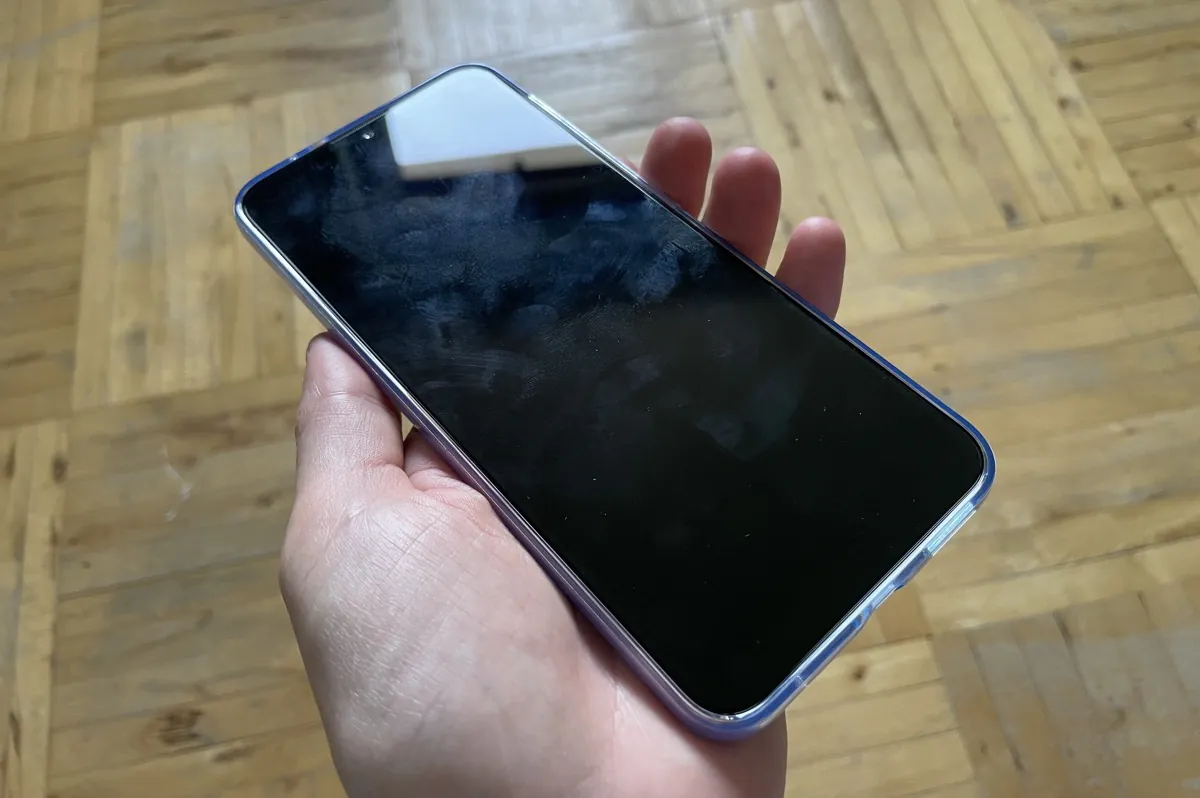
The front panel has a drop-shaped notch, which is already an outdated solution, even in the world of inexpensive smartphones. However, the issue is purely cosmetic and doesn’t cause any discomfort.
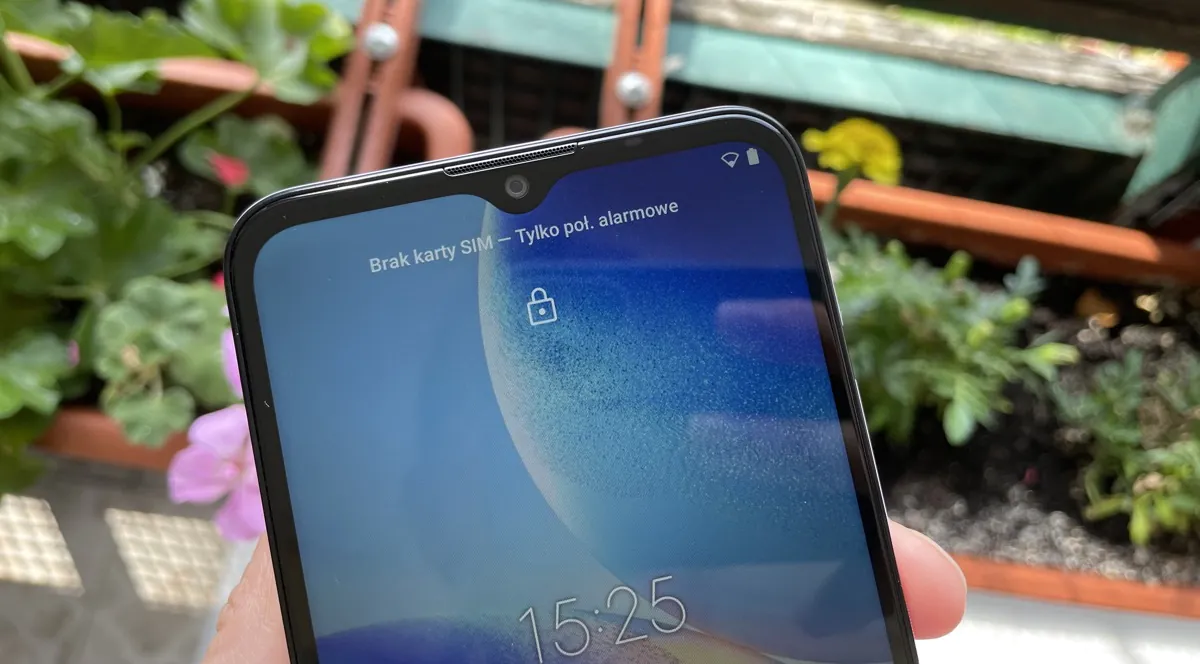
The bezels are relatively wide. But given the cost of the phone, it is not too bad.
The fingerprint scanner in the form of a good old round sensor on the back panel is another indication of the affordability of this device. It’s convenient when you take the device in your hands, your index finger lies neatly on it. And the standard case with notch helps with this. The sensor is not particularly speedy, but it should be noted that I am used to flagship smartphones.
Weirdly, all the keys are on one (right) side. I’m used to the fact that the volume buttons are usually on the left and at first confused. But you can get used to it.
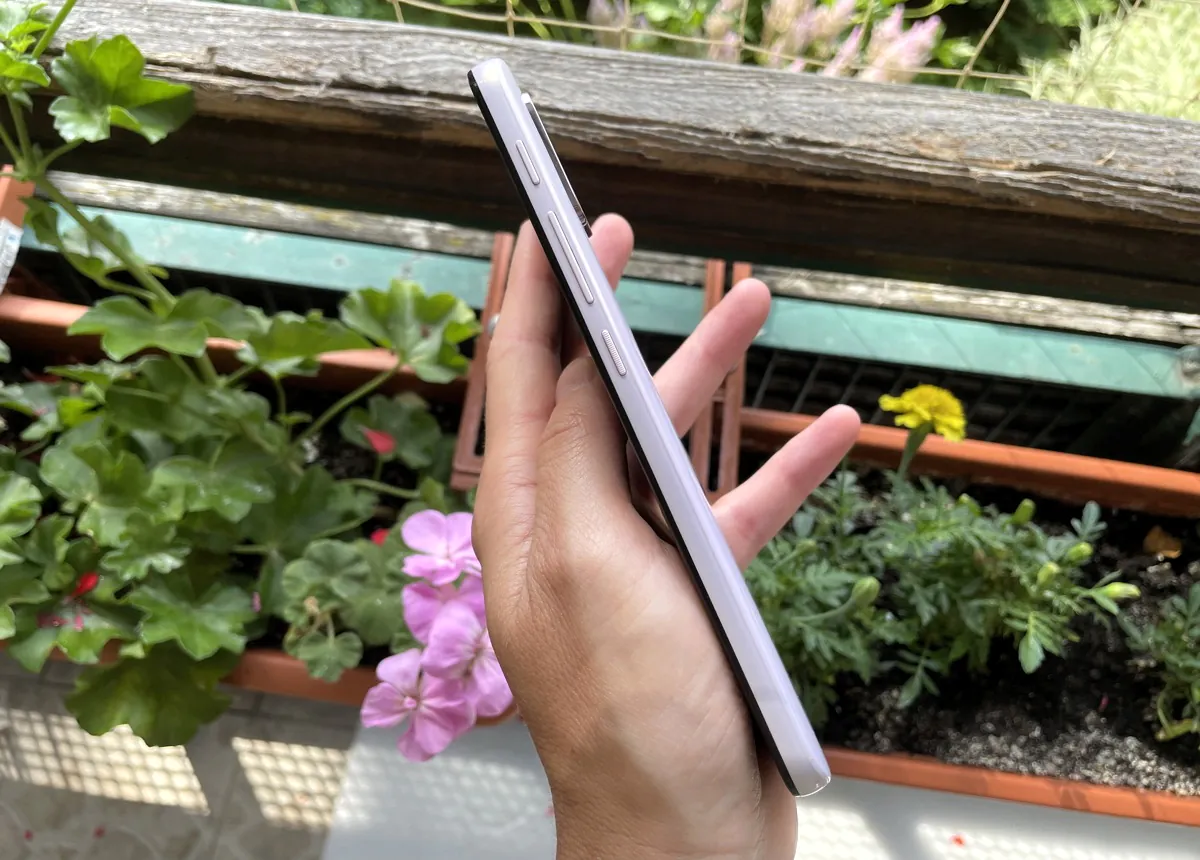
Above the long volume control key is a separate Google Assistant call key (you cannot reassign it, but you can disable it in the settings), below it there is a on/lock button.
On the left side of the G30 there is a SIM card and memory card slot (merged). The imperfect build quality here is noticeable: it is difficult to catch on the photo, but there is an asymmetrical slit. Otherwise, there are no issues with the build quality.
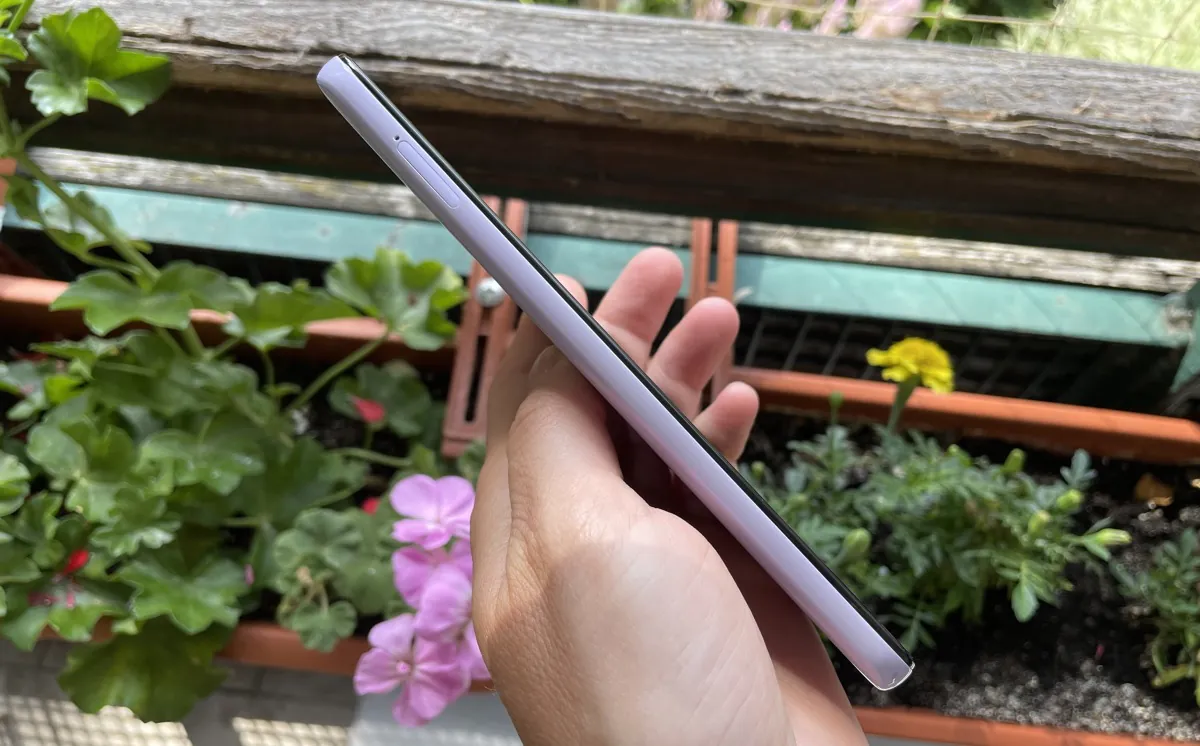

On the upper end of the smartphone there is a microphone that performs the function of a noise canceller, as well as another unusual solution – 3.5 mm output. Most smartphones have a mini jack on the bottom. But once again, it’s a matter of habit. And who still constantly uses wired headphones anyways, if you can buy good wireless headphones for 20-30 bucks?
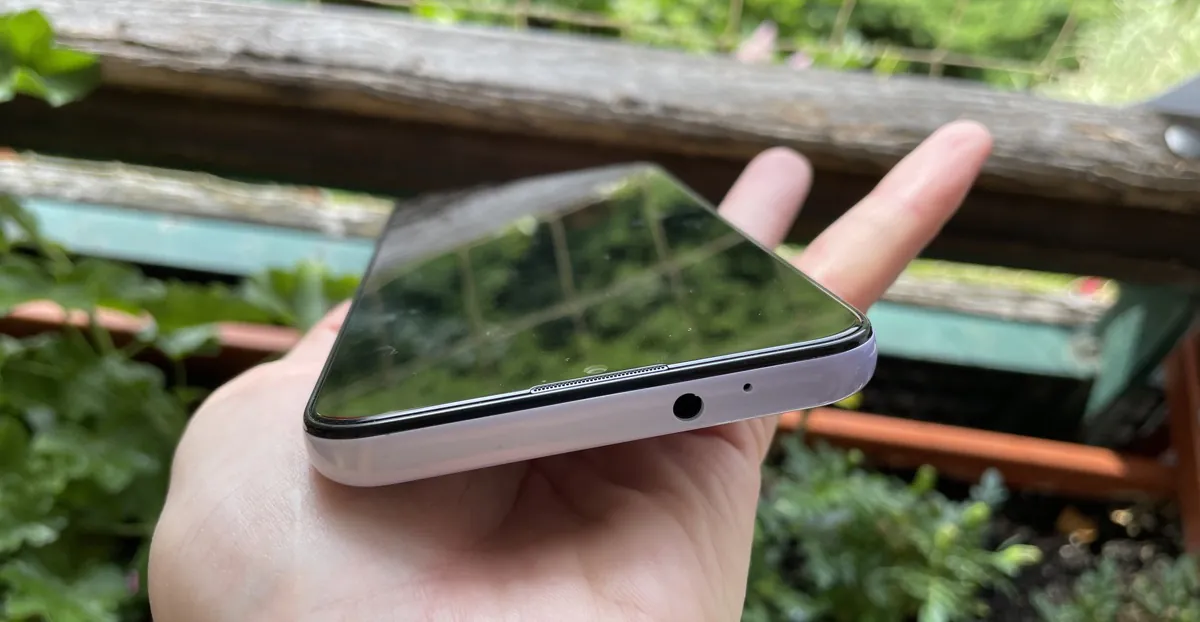
Let’s look at the bottom end – there’s another microphone, a Type-C charging connector and a monophonic speaker.
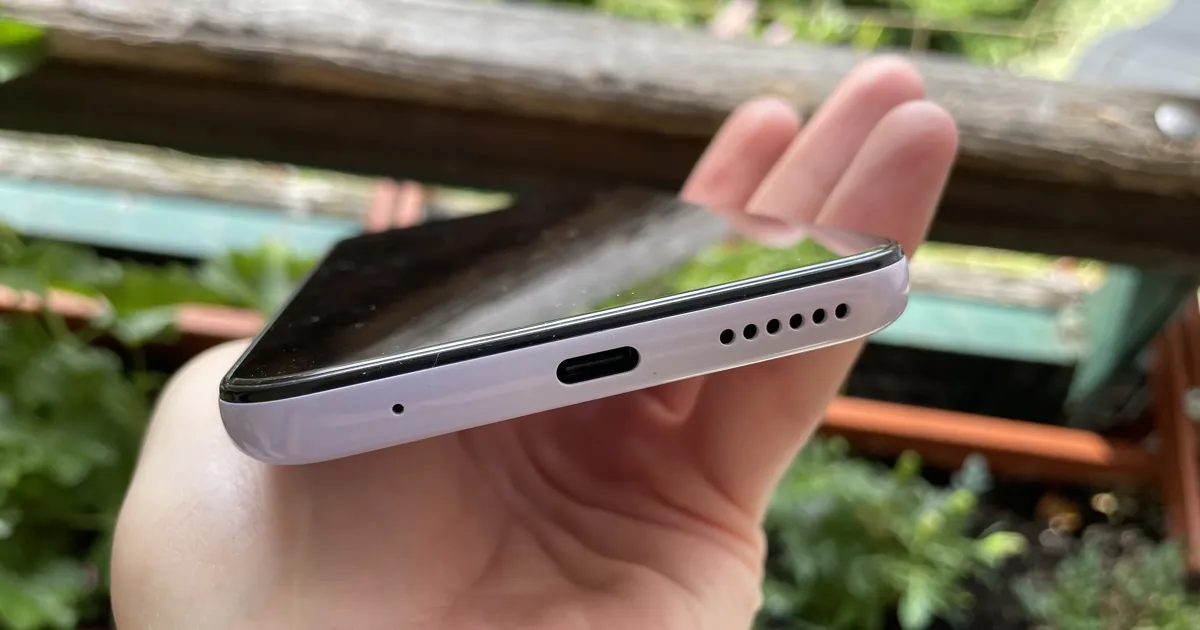
The Moto G30 case has a hydrophobic shell, is not afraid of water or rain, and has IP52 level protection. It’s not much (it’s the standard for budget Motorola), but it’s nice.
Overall, I like the way the Moto G30 looks like. The smartphone is nice, streamlined, the silver-edging of camera block is nicely implemented.
Screen
Like the other Moto G series models, the screen here is IPS, and it’s wonderful in every way. The shades are pleasant, with wide viewing angles, sufficient brightness and contrast. There’s probably no better screen for this money.
The main feature is support for 90 Hz refresh rate. It is becoming a common sight even with the cheaper devices, but I was surprised to see it here. Increased hertz leads to a smoother picture. There’s even a feeling that the smartphone works faster than its 60 Hz “colleagues”. Three modes of operation are available – automatic (the phone will set itself depending on the current app and charge level), 60 Hz or 90 Hz.
Automatic brightness change works fine. There is an option to adjust the color temperature, as well as three options for saturation. In the sun, the display fades noticeably, but remains readable.
The menu has a setting to force apps to use the full screen, without black bars.
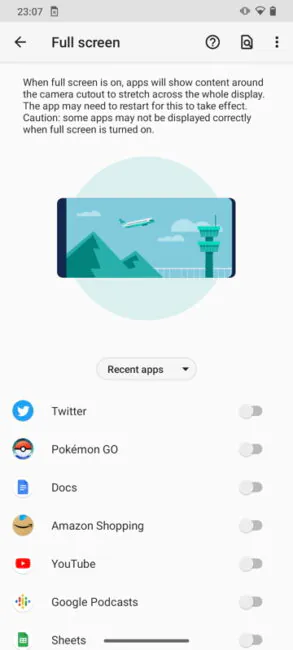
Read also: Realme GT review: Track-Worthy Smartphone for the Masses
Hardware and performance
Many connoisseurs of mobile hardware will be scared away by the Snapdragon 662 processor. It was released back in early 2020 (when Covid was only in China), it was based on 11 nm manufacturing process and is already somewhat outdated. However, it remains relevant in the budget segment. The bad reputation of this chipset comes from it being used in many inexpensive Chinese smartphones. At the same time, the developers do not pay attention to software optimization at all. For example, I recently tested the OPPO A74 on the same chip, and it was very slow. But everything flies on the Moto G30.
To be fair, OPPO had 4GB of RAM and G30 with 6GB, but the difference shouldn’t be striking anyway. I have written reviews of the Moto G9 Plus and the Moto G Pro models with 4 GB of RAM, they were quite fast. And the above-mentioned Moto G50 also received only 4 GB of RAM, and it does well with the basic tasks, as well as games.
In short, the performance is fine. This inexpensive device is comfortable to use, you can play Pokémon Go, CS:GO, PUBG, etc. Most users will be happy.
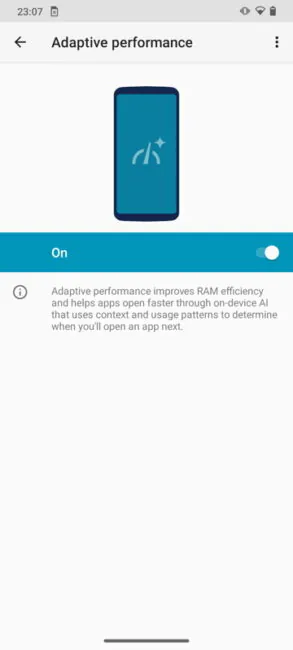
The storage capacity is 128 GB, most users will have more than enough. There is a memory card slot, but hybrid, i.e. you will have to choose either two SIM cards or a SIM + microSD card.
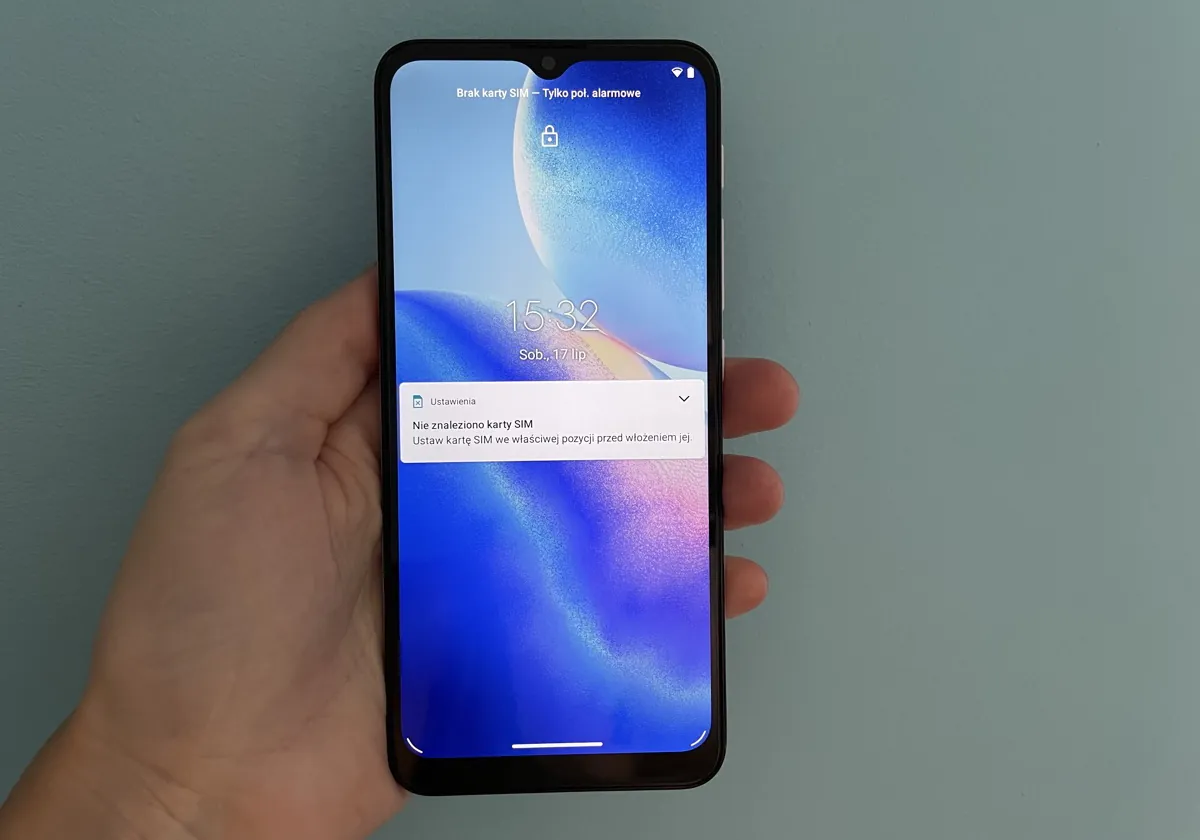
Read also: realme 8 Pro vs Redmi Note 10 Pro — Mid-range smartphones head-to-head
Cameras
On the back of the smartphone we see three large lenses and one auxiliary (2 MP depth sensor for background blur). The three main ones are:
- 64 MP main module with autofocus and Quad Pixel technology – 4 pixels are combined into one for better quality, we get 16 MP images at the output.
- 8 MP wide-angle fixed focus lens.
- 2 MP fixed focus macro lens.
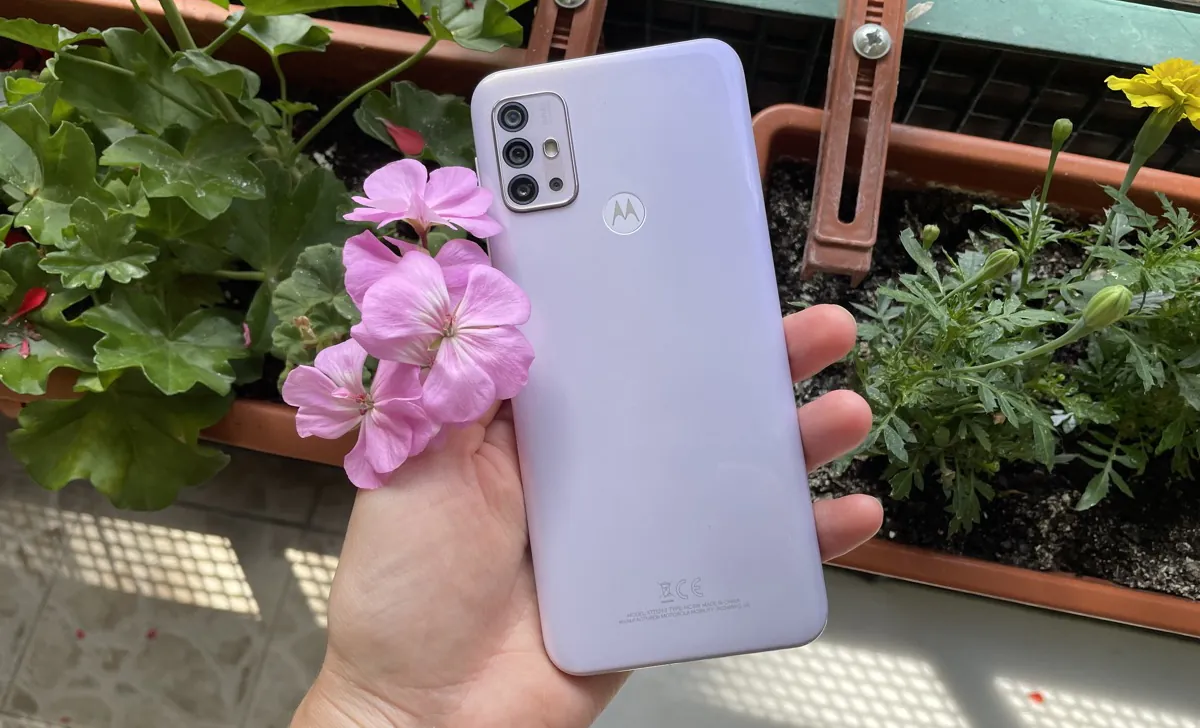
I liked the photos. Especially taking into account the cost of the smartphone. If the lighting is good, everything is clear and juicy, I would even say that the photo is no worse than that of more expensive gadgets. Even in medium home lighting, the photos are clear.
ALL PHOTOS IN THE ORIGINAL DEFINITION
But I can’t praise the night photos. The turn out very noisy. There is a night shooting mode, but, as in other Moto smartphones, it makes the pictures too bright, and the photos look unnatural. And the quality gets even worse. Look at the comparison, normal mode on the left, night mode on the right. The quality drop in the miniatures is not very noticeable, but in the original resolution you will immediately see it.
NIGHT PHOTOS IN THE ORIGINAL DEFINITION
As already mentioned, due to the pixel combination, photos are taken at 16 MP resolution by default (you can still select 11 MP mode in the settings). If desired, shooting is also available in “native” 64 MP, but in this mode the process takes a long time, and there is no real difference in clarity.
Let’s move on to the wide angle lens. Of course, it distorts the perspective somewhat, the clarity and color reproduction are worse, but nothing critical. If you need to take a picture of a room or something big and there is no way to step back, the lens will do its job perfectly. Its resolution is 8 megapixels, but the photos are apparently extrapolated, as the resolution is the same as those of images from the main module, 4608×3456 pixels. Here is a comparison of the photo from the main module (left) and the wide-angle module (right).
COMPARISON OF PHOTOS FROM THE MAIN AND WIDE ANGLE MODULES IN THE ORIGINAL RESOLUTION
Macro lens is separate topic for discussion. To be honest, I, like Yuri Svitlik in his recent review of realme GT, wonder why Chinese companies persistently install 2 MP macro lenses in their smartphones. The resolution is weak, the quality is lacking, and color reproduction and clarity suffer. The focus is fixed, so you can take pictures of objects only from a minimum distance (about a centimeter). At the same time, you have to try hard and not move as much as possible. If the bug moves or the wind shakes the flower, it won’t work. Again, see for yourself the examples of macro photos in the original size, the thumbnails don’t do them justice.
I believe that most Moto G30 buyers will use macro mode a couple of times and forget about it. Especially since the main lens takes beautiful photos in close proximity (albeit not as close as macro, but with excellent quality). Here are examples:
The video quality is fine, taking into account the cost of the phone. The dynamic range is weak, but offers good detail. Resolution is 1080p at 30 or 60 fps or HD at 120 fps (when using video stabilization only 30 fps). 4K is sadly nowhere to be found. You have macro video, slow motion video, hyperlapse. YOU CAN FIND THE VIDEOS MADE WITH THE MOTO G30 HERE.
The phone makes good selfies. But again only in good light. I forgot to save my example of selfie, so take my word for it.

An interesting feature is that the phone can take selfies for you on the command with a gesture.
The camera interface is familiar and convenient.
In addition to the standard modes, there is also a “selective color” (leaves one color in the photo), panorama, “live” photos, real-time filters, and PRO-mode with RAW support.
Data and sound
The phone supports 802.11 a/b/g/n/ac 2.4+5 GHz, Bluetooth 5.0, NFC for payment in stores, GPS (as well as GLONASS and Galileo). Everything works.
The main speaker is monophonic but loud. The headphones have good sound.The 3.5 mm connector is a nice addition, so you can use wired headphones if necessary. The system has an equalizer that will allow you to adjust the sound to your liking.
Software
The Moto G30 is powered by the fresh Android 11 out of the box. The traditional advantage of Moto is the fast “clean” Android without any shells. It is perfectly optimized.
Here you can find “Moto functions”, customizable in a separate application. It’s about gesture control, screen separation and other features (e.g. for gamers or an active display if you’re looking at it, triggering a flashlight with a shake or camera by turning your wrist).
Read also: vivo V21e smartphone review: More colors!
Battery life
The smartphone battery has a capacity of 5,000 mAh, a gold standard for Moto. Given the weak-ish hardware platform, the device has a very long battery life. During the test, I charged the device every 2-3 days, while actively using it for Internet surfing, social networks, games, GPS navigation and calls.
The Moto G30 offers 10 to 17 hours of screen time depending on the task. And that’s with high brightness and adaptive screen refresh mode of 60/90 Hz. Interestingly, only 60 Hz does not significantly affect battery life, so there is no point in giving up increased frequency.
20W fast charging is supported, but’s not very speedy. It takes more than two hours for a full charge fully charge. It charges 30% in half an hour. But given the price, it’s fine.
Conclusions and competitors
In my opinion, the Moto G30 is a budget smartphone for people who are ready to spend 150 euros. I have nothing against the Chinese devices (Moto itself is now under the wing of Lenovo), but Motorola smartphones stand out for pure Android without any bloatware and with excellent optimization of hardware and software.
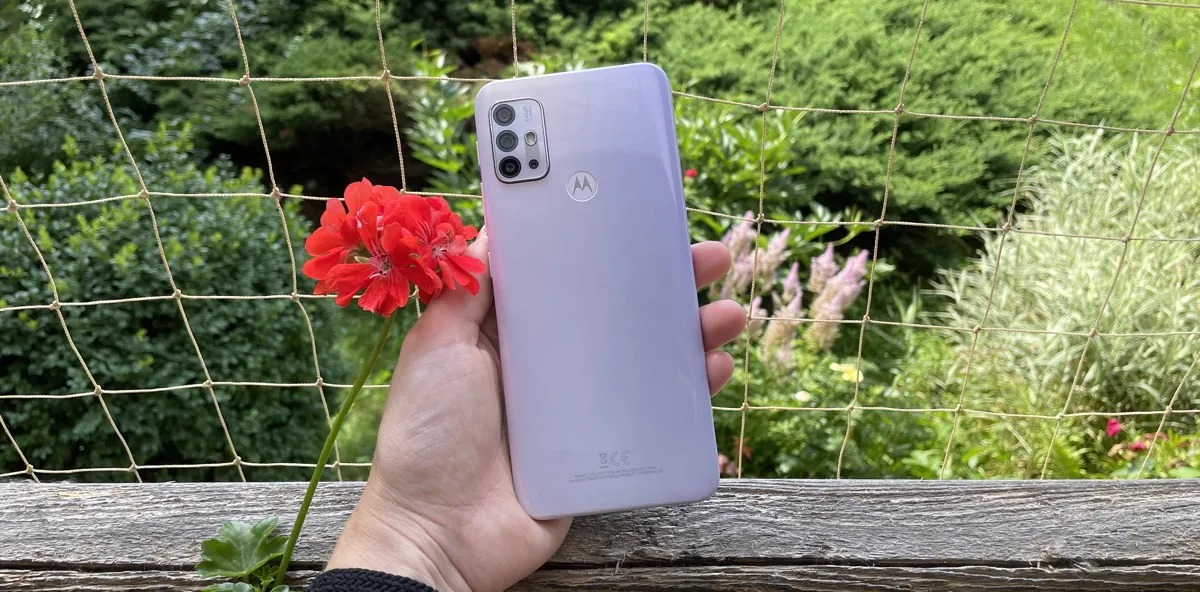
The G30 is primarily worth praise for its quality 90 Hz display, excellent performance, battery life and cameras. All the shortcomings are rather nitpicky (taking into account the cost): there is no 4K video recording, weak photos in poor lighting, outdated fingerprint scanner, drop-shaped notch, and slow “fast” charging…
Among the main competitors is the “sweet couple” of the Redmi Note 10 and Redmi Note 8 Pro. You might also consider the realme 8 and the Cubot X30. The price is the same or slightly higher, the processors can be slightly more powerful, the RAM is about the same, the cameras are about the same or slightly better. The choice, as usual, is yours!
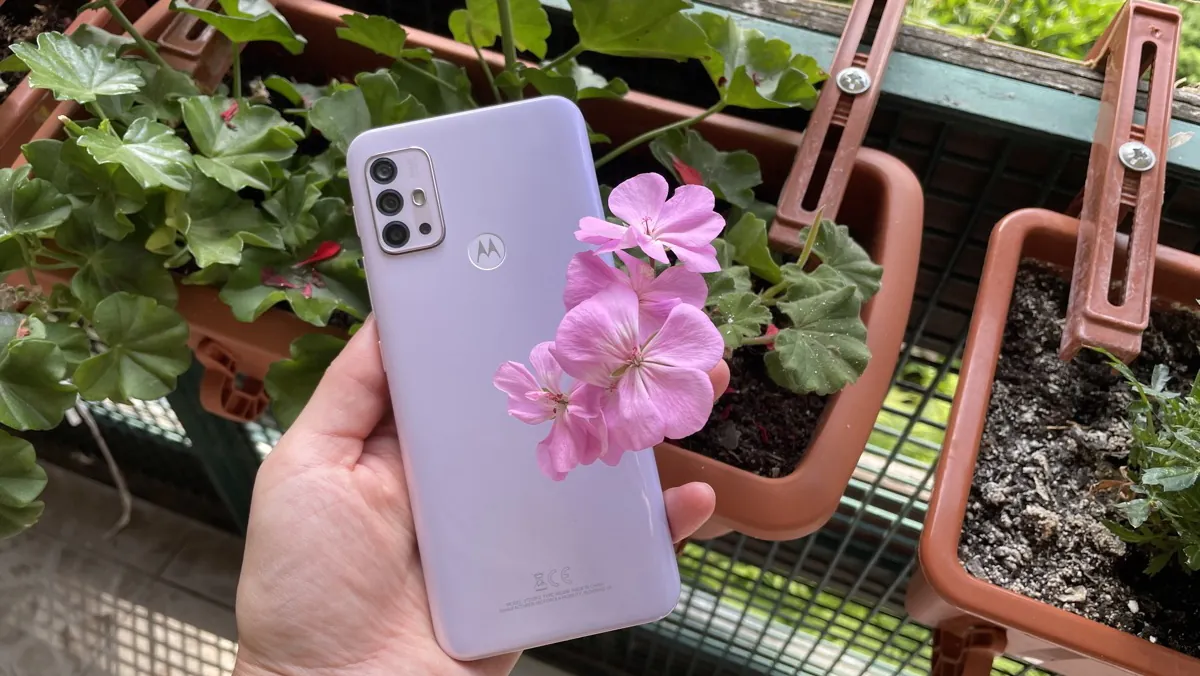

Subscribe to our accounts:
